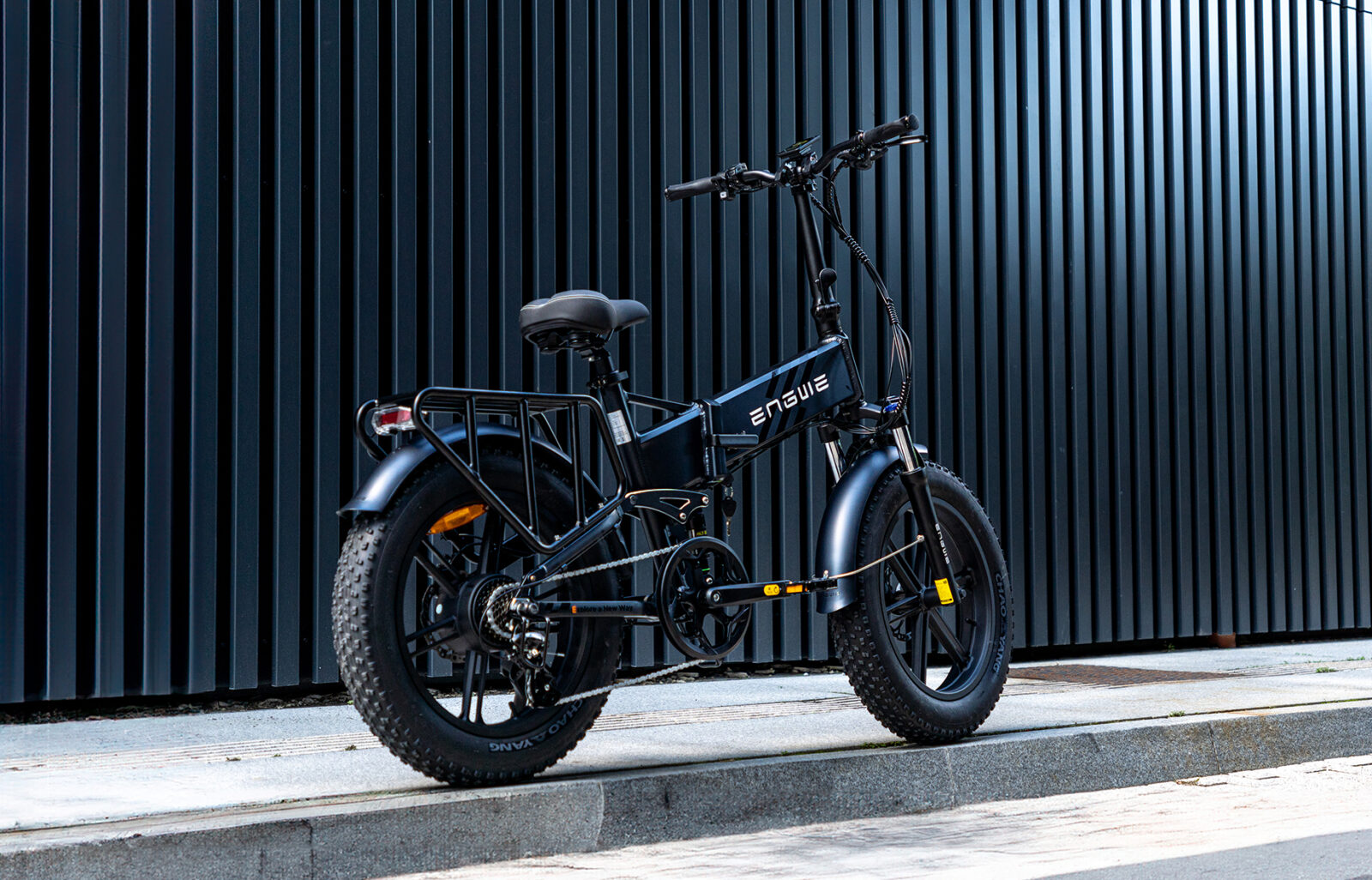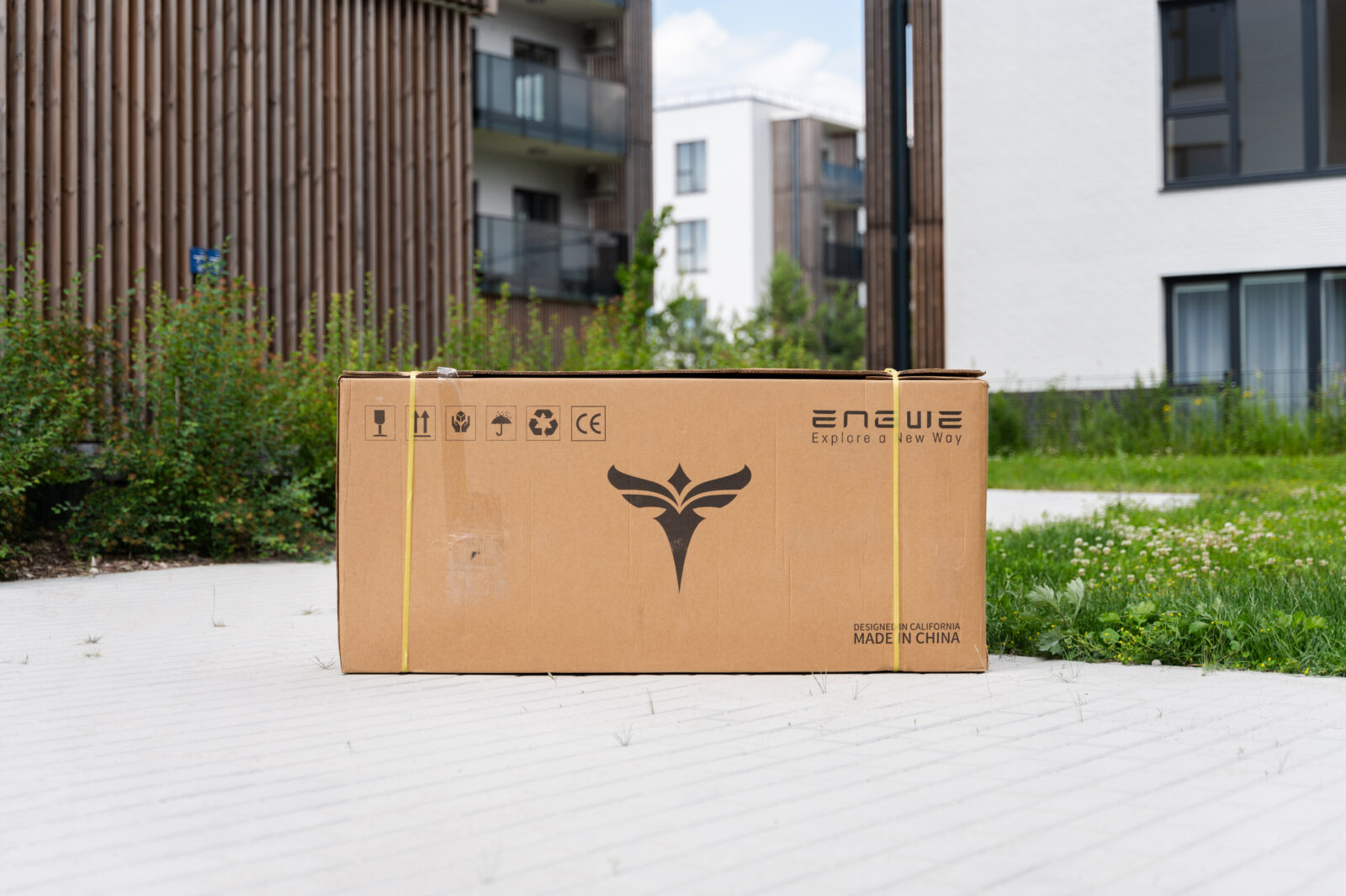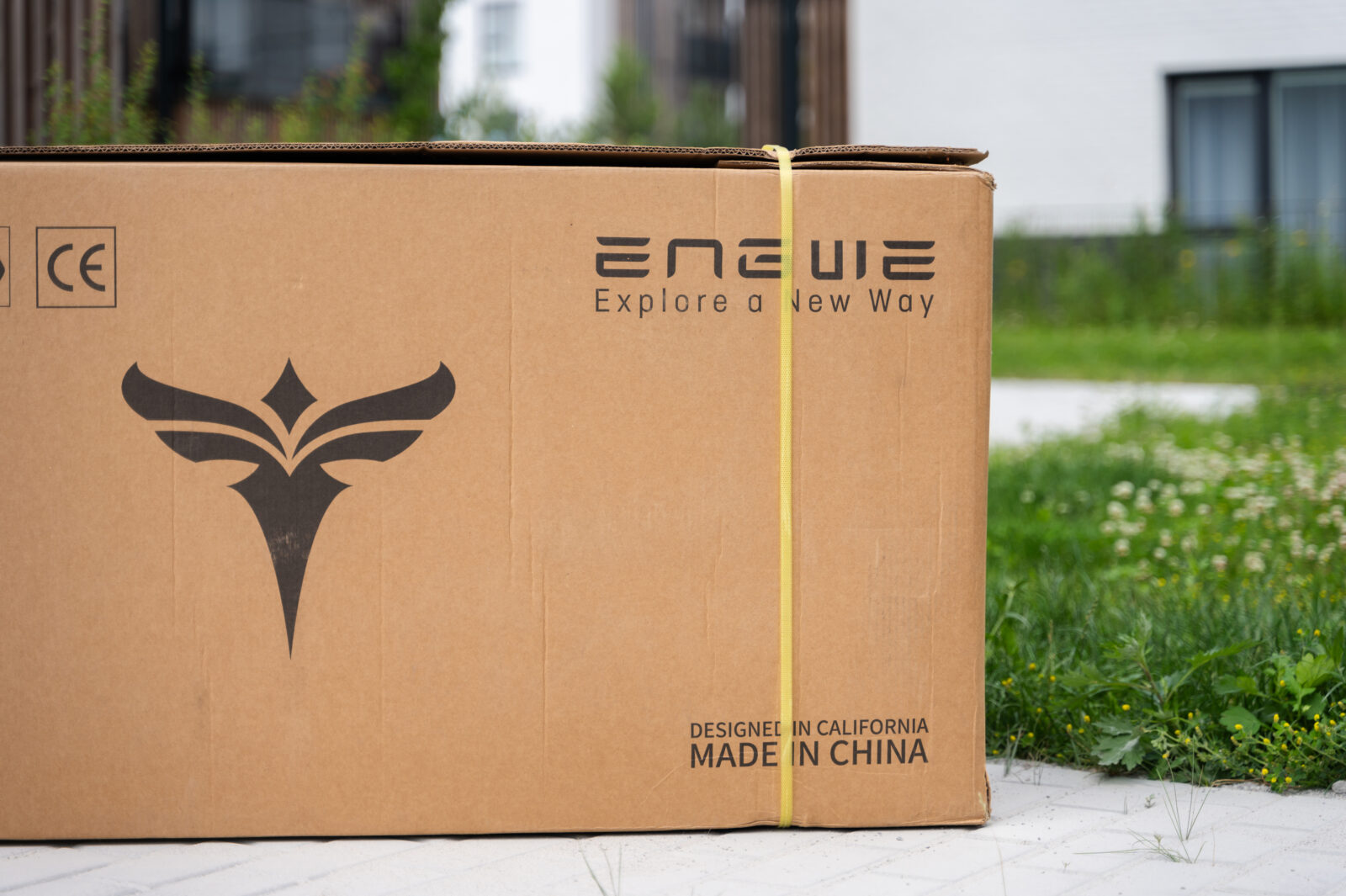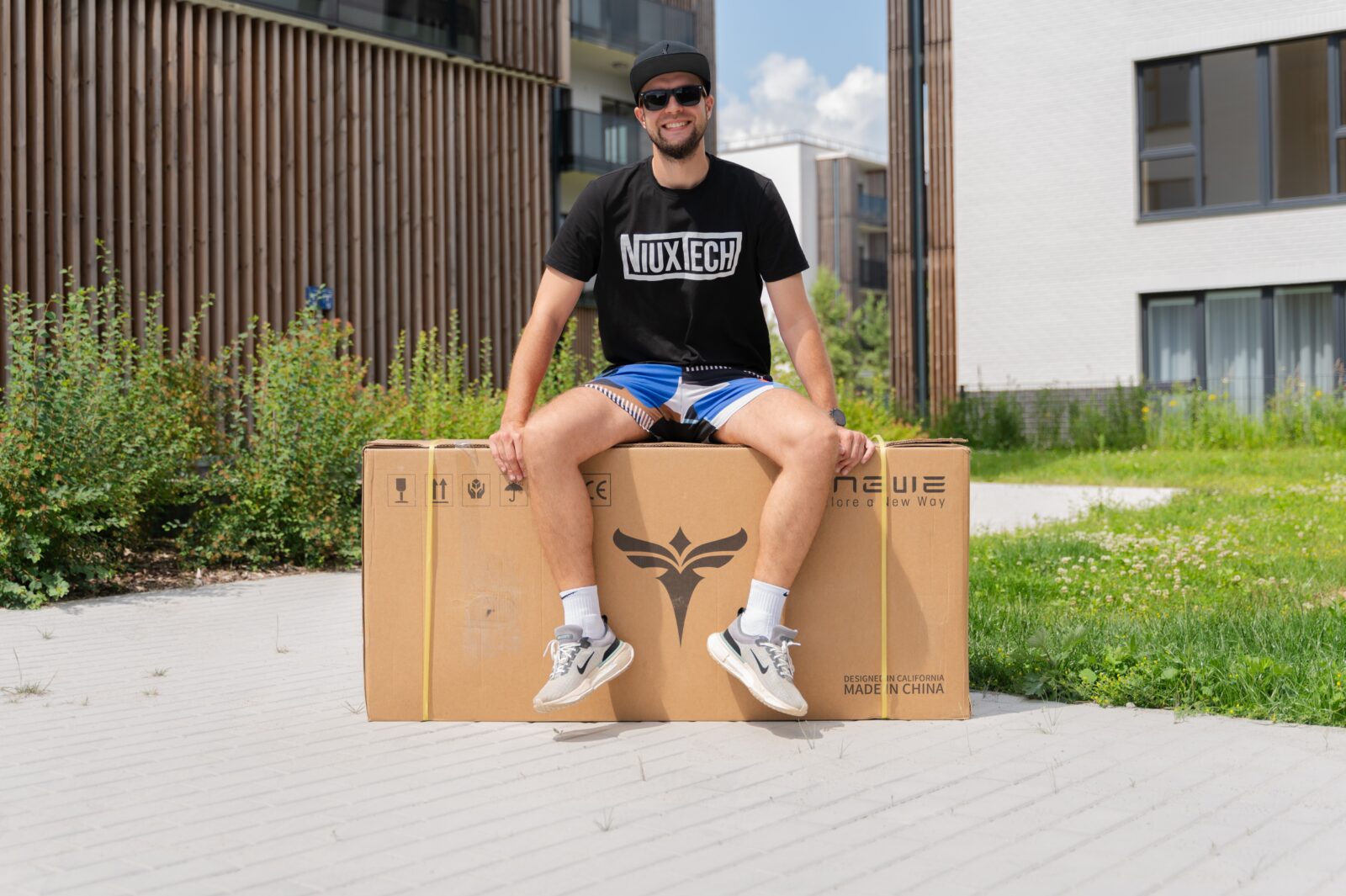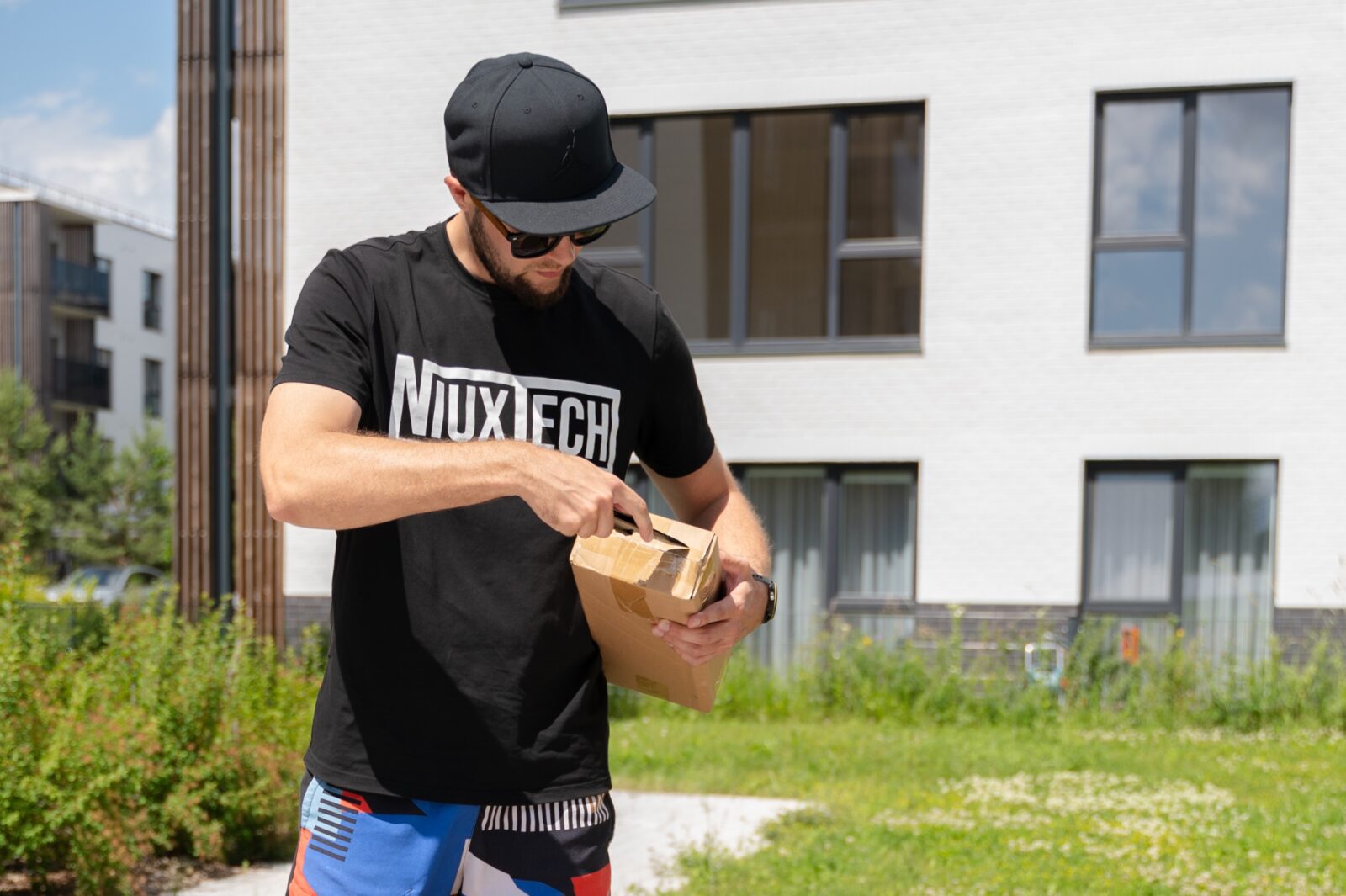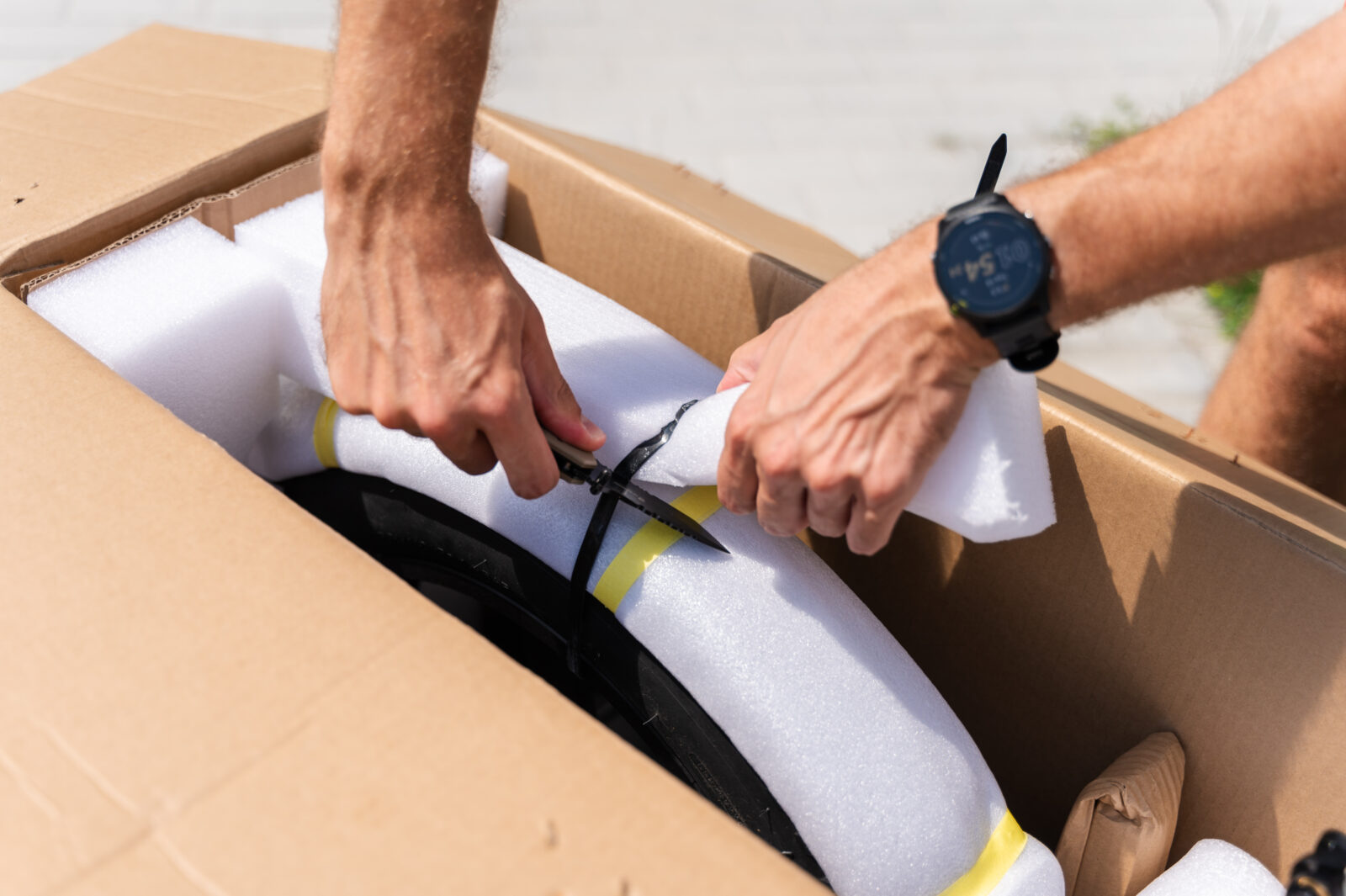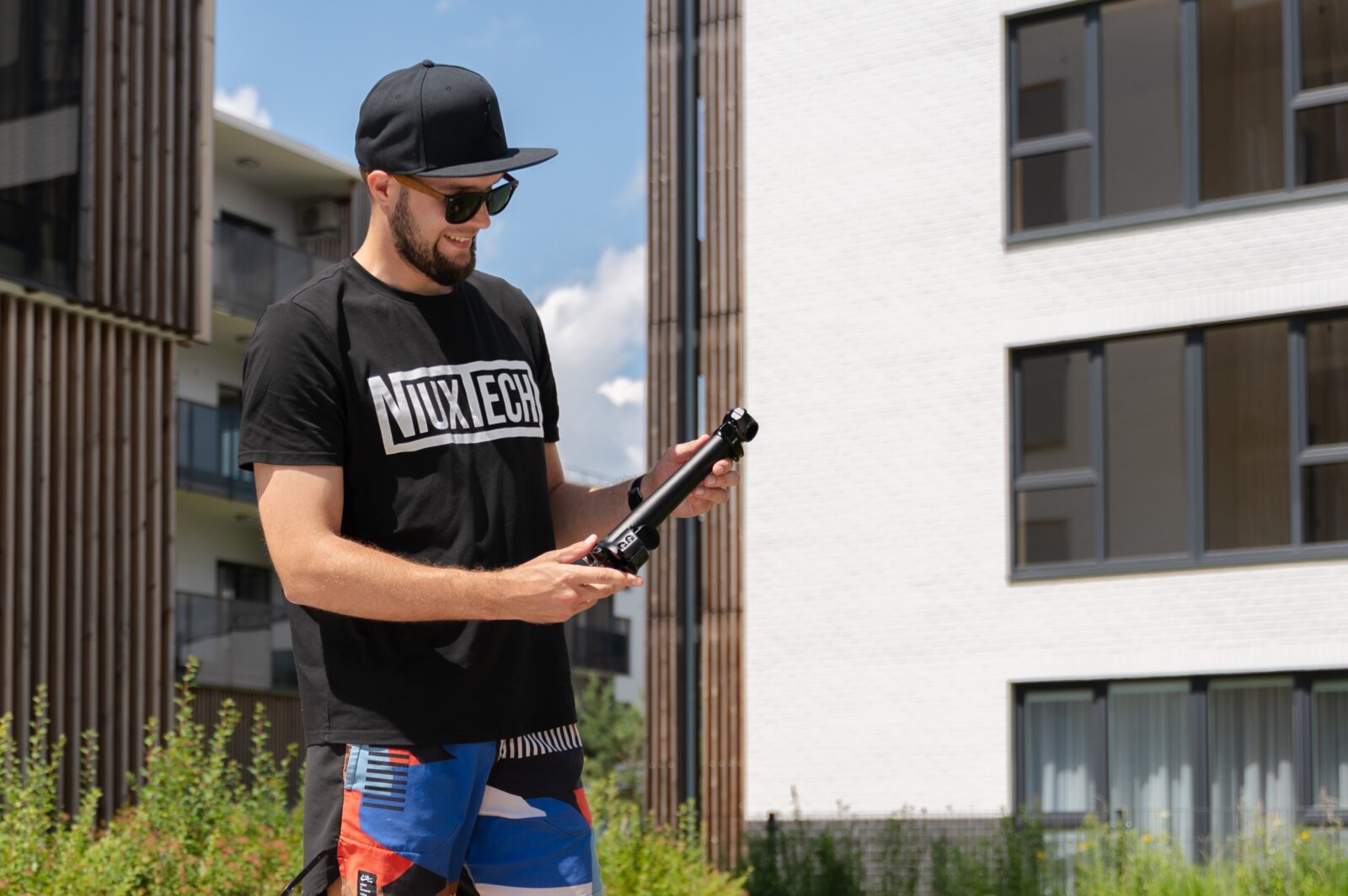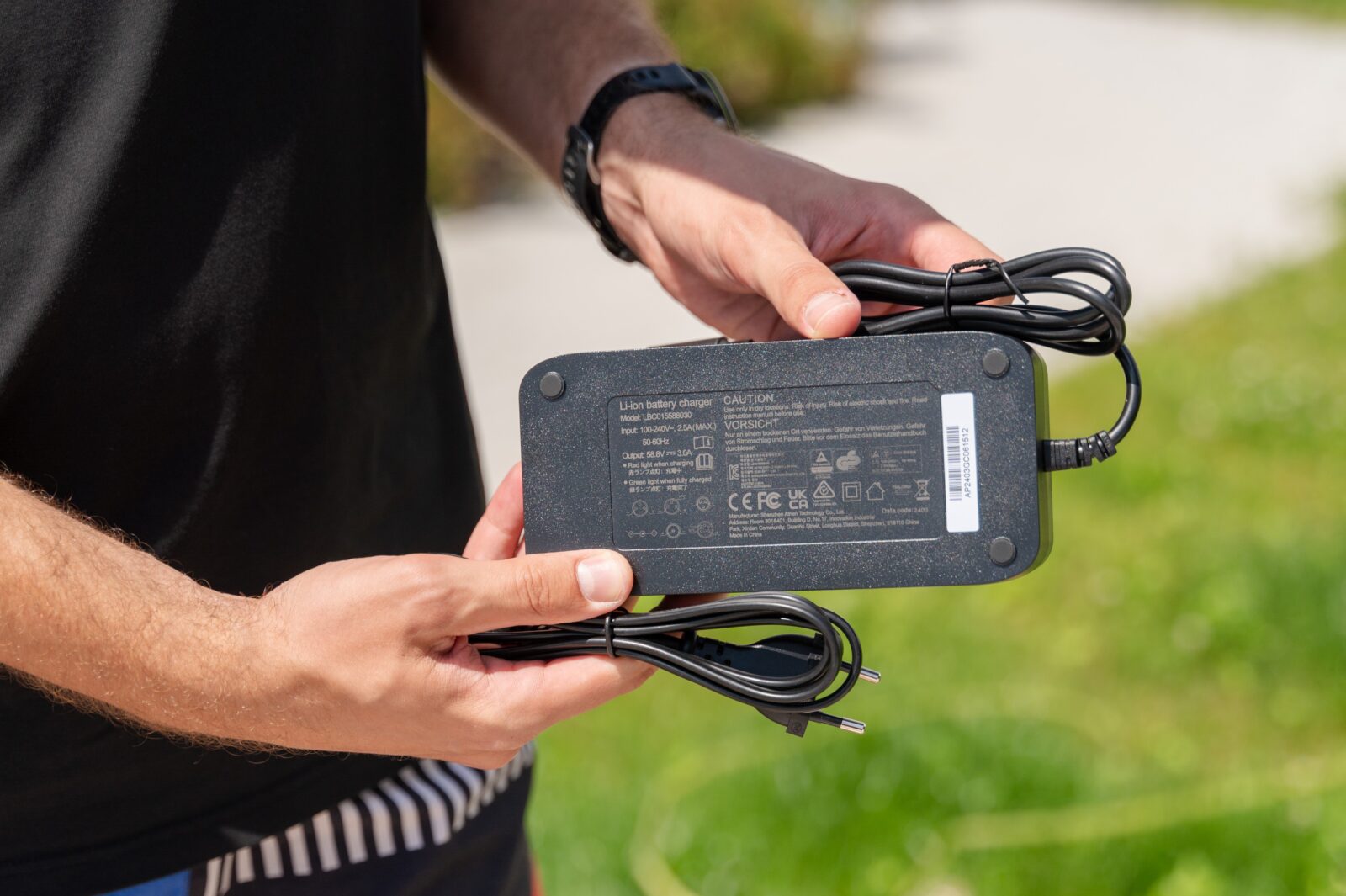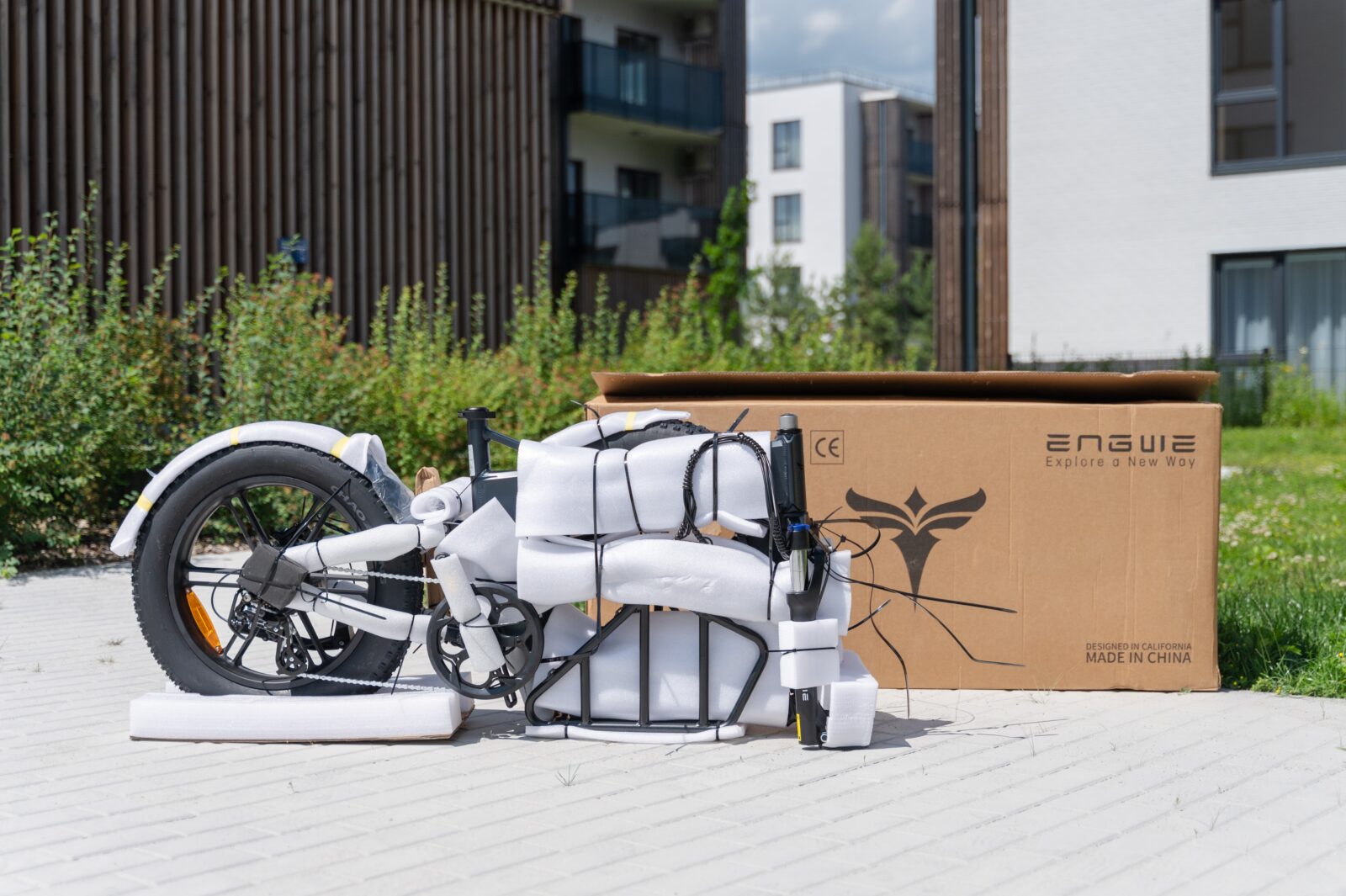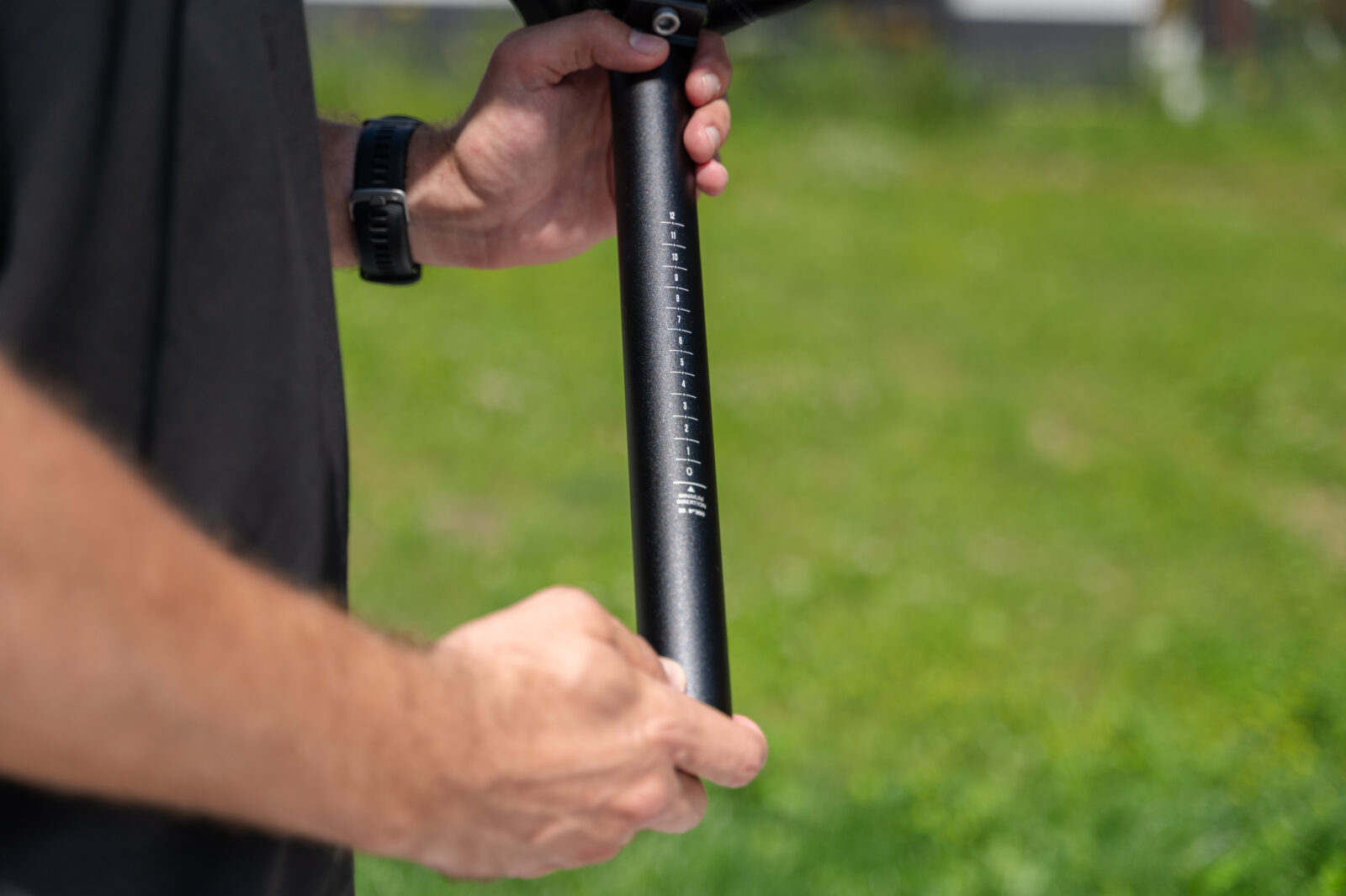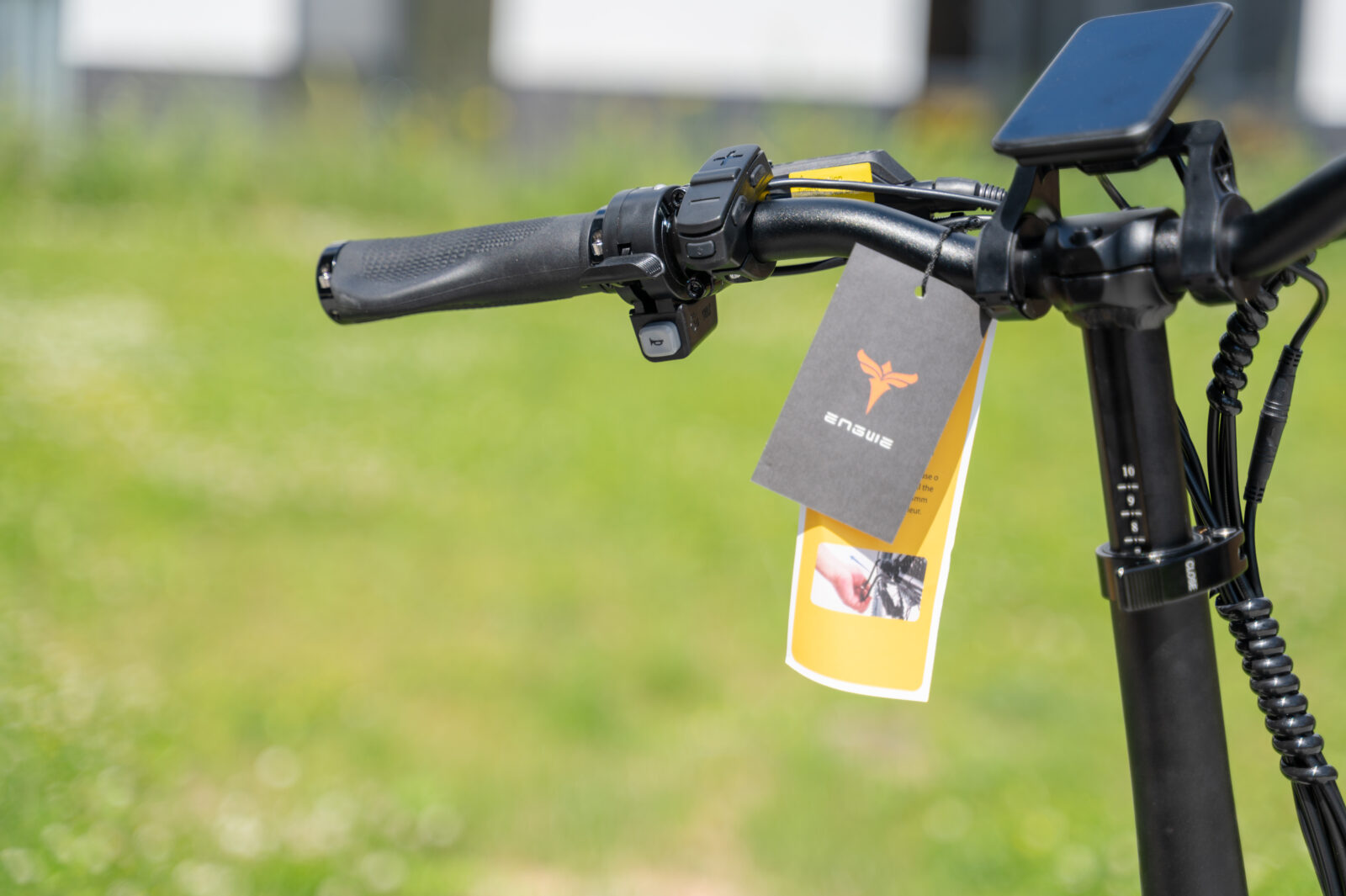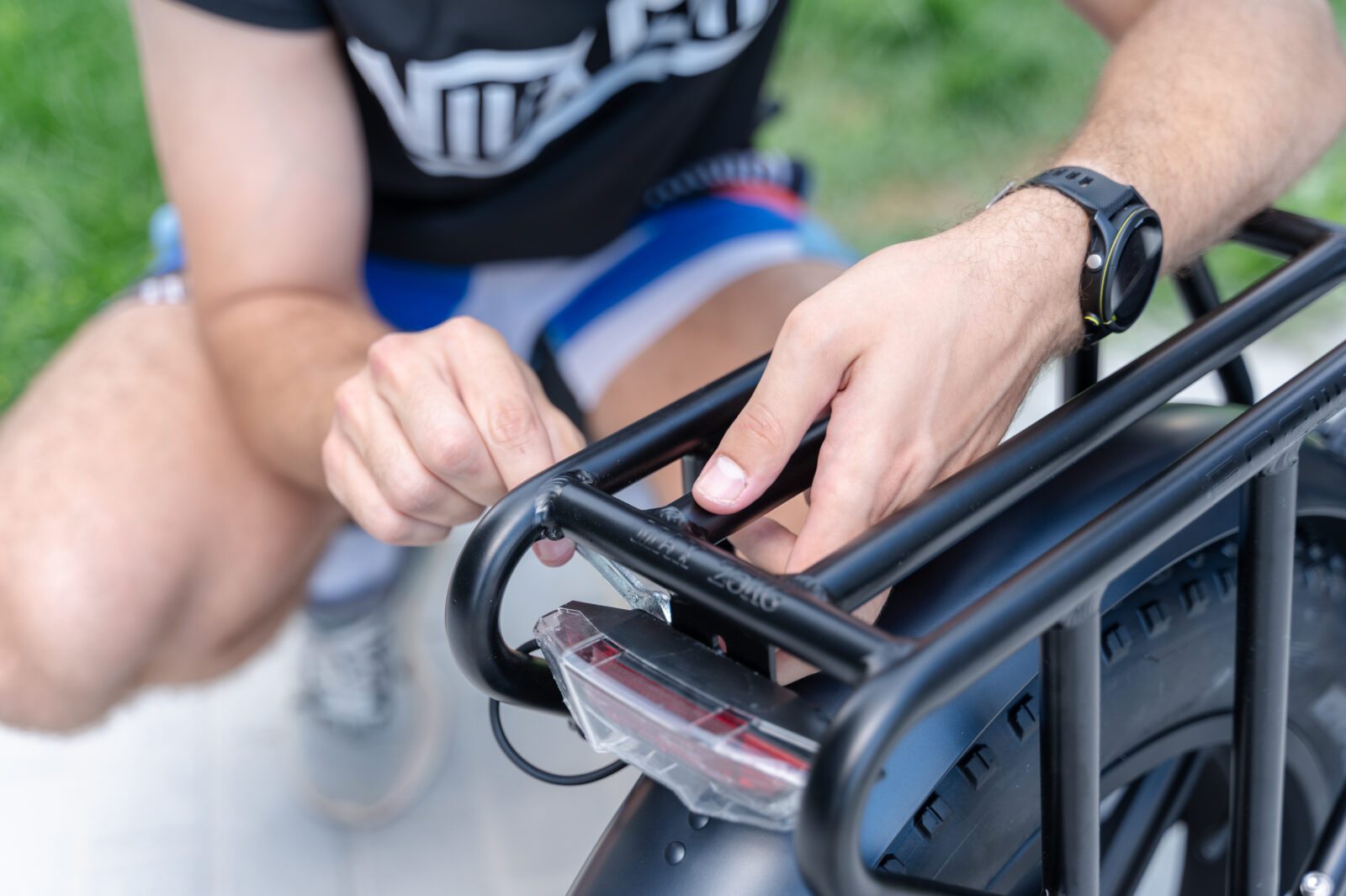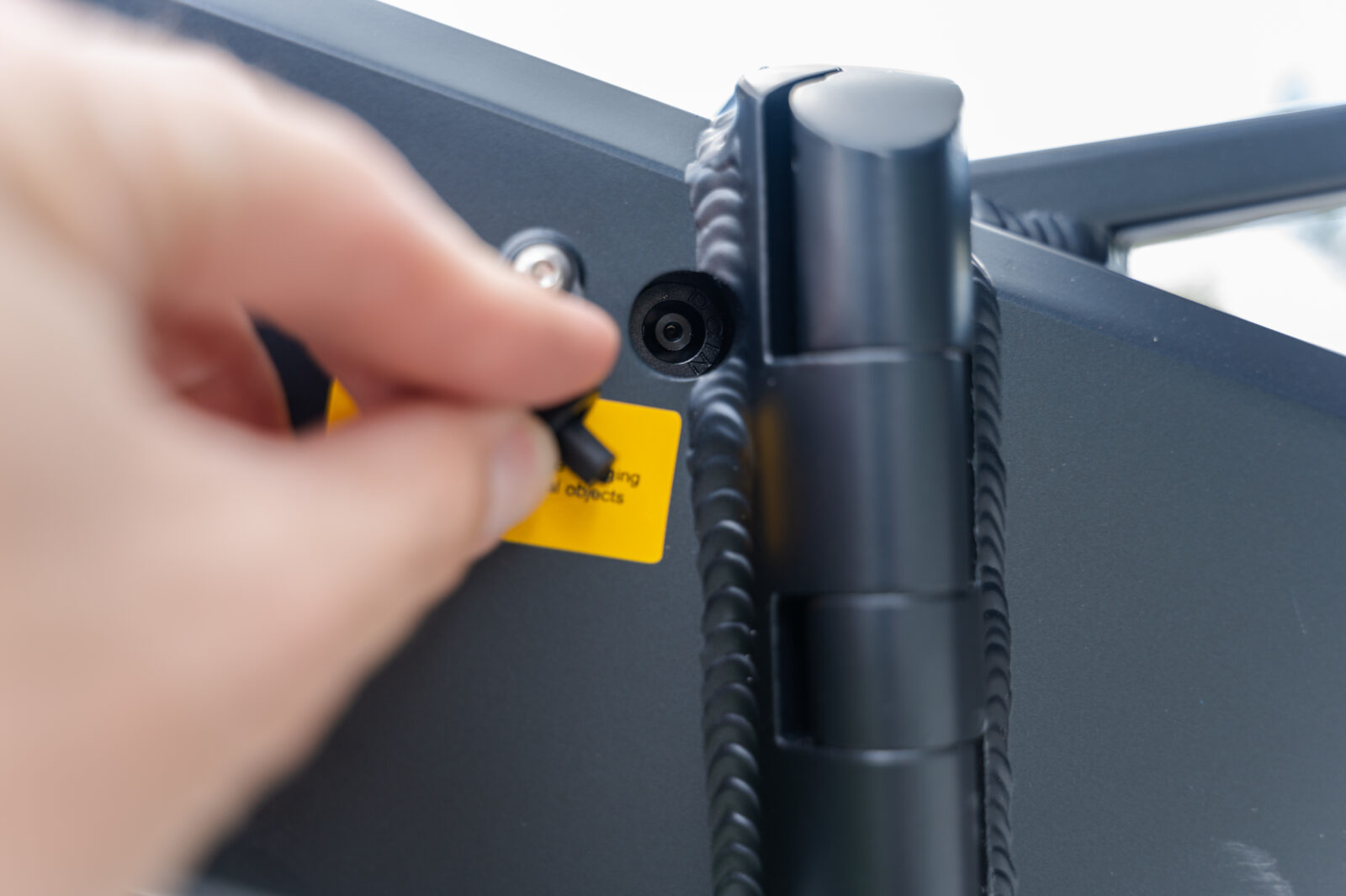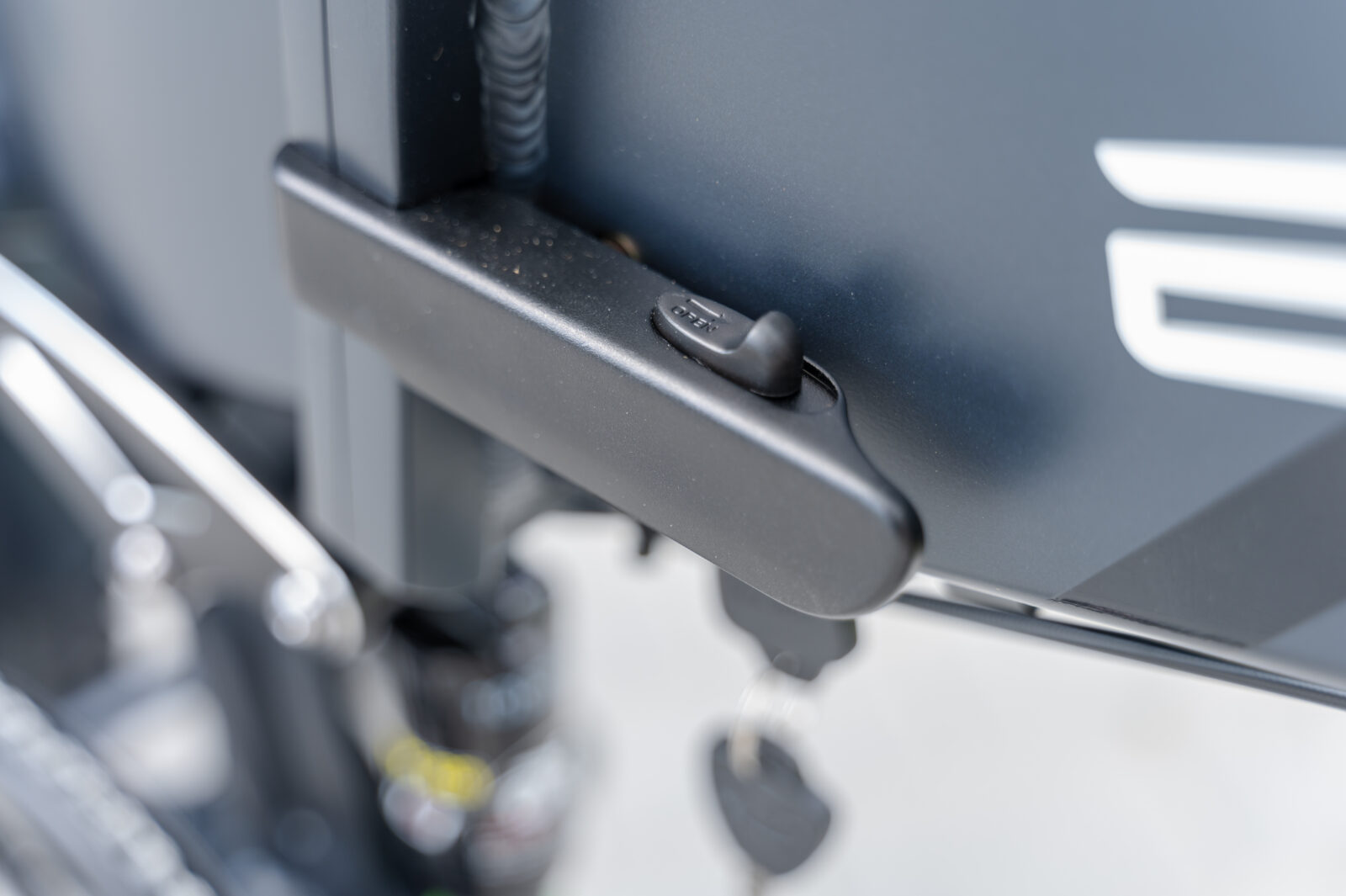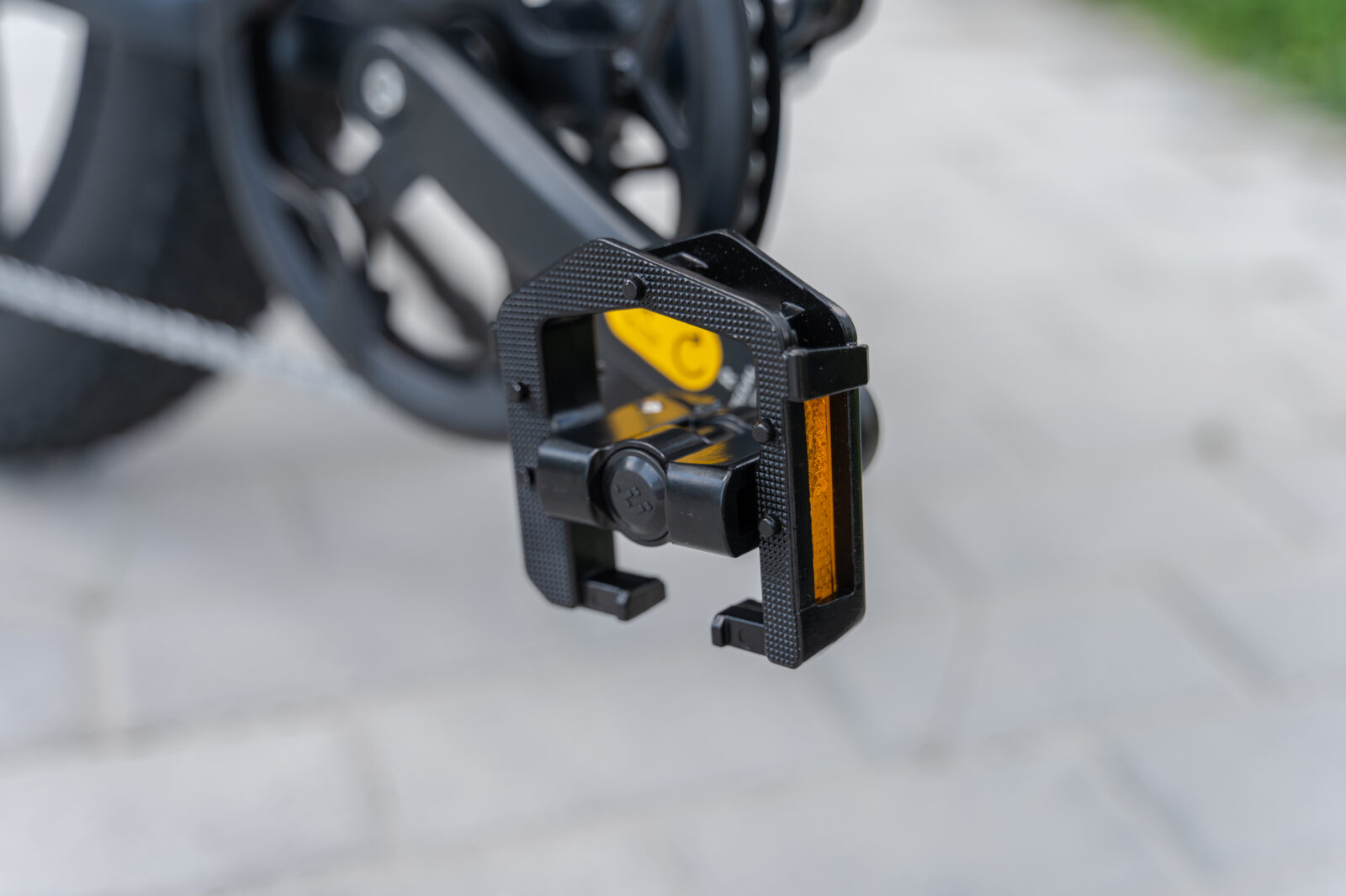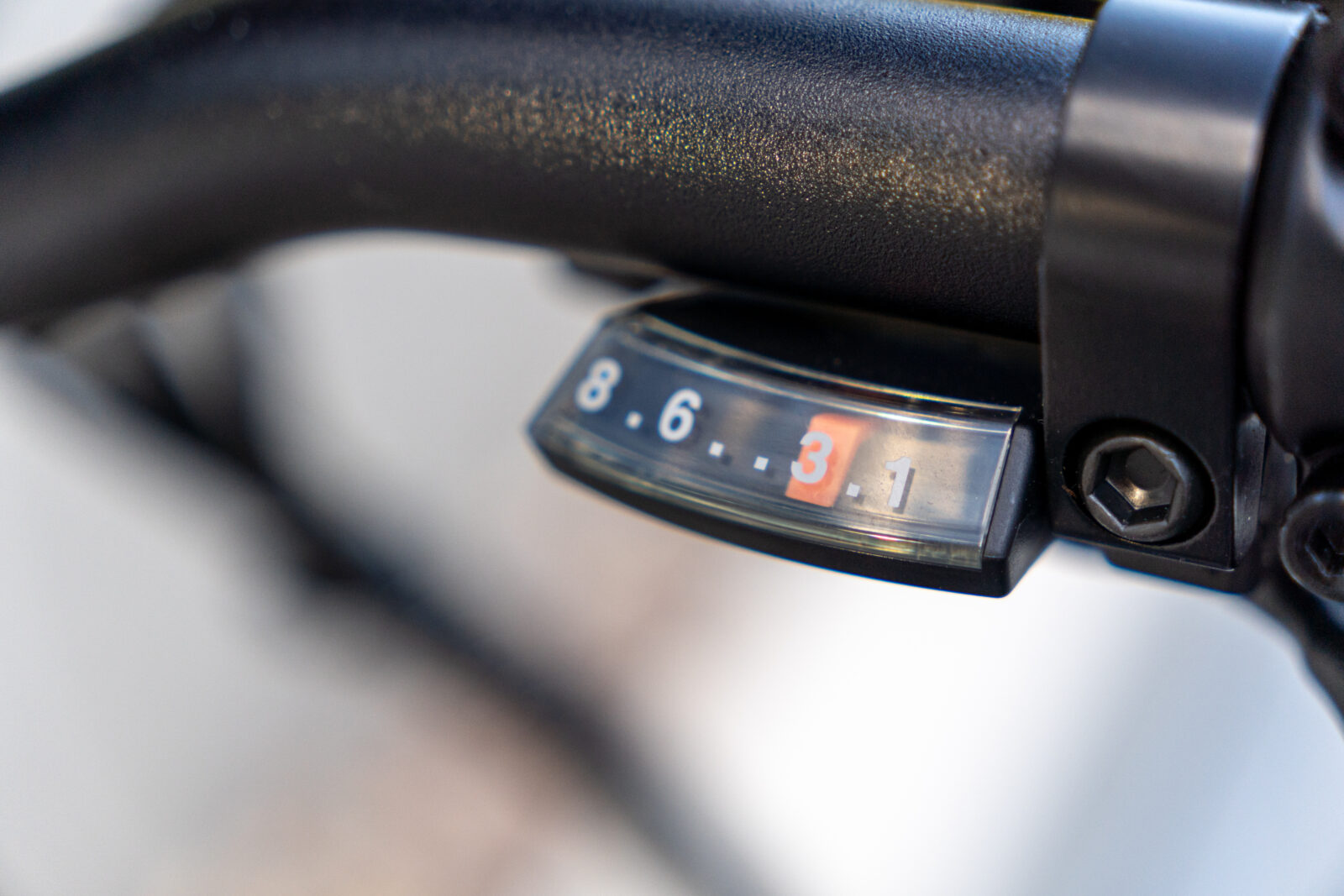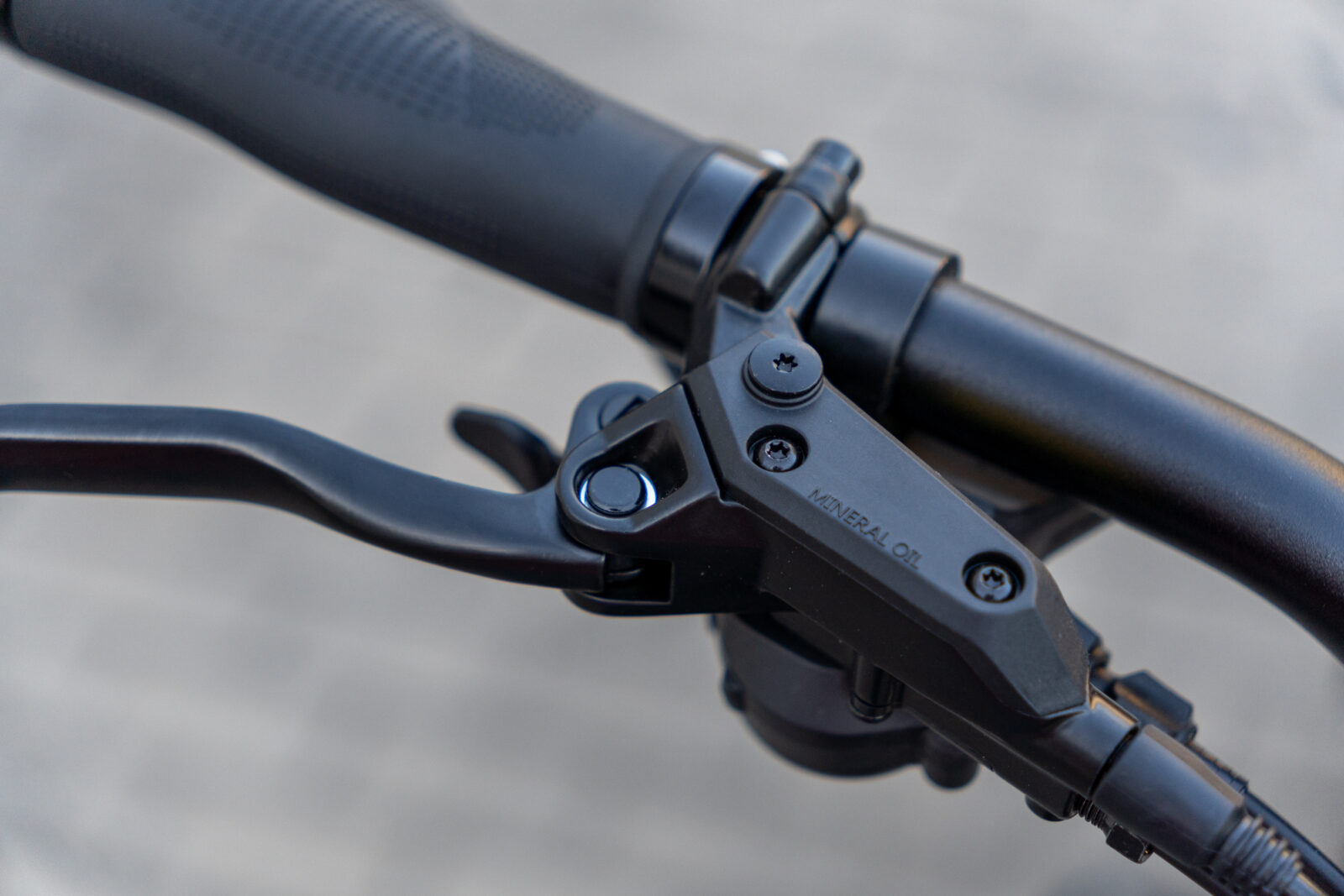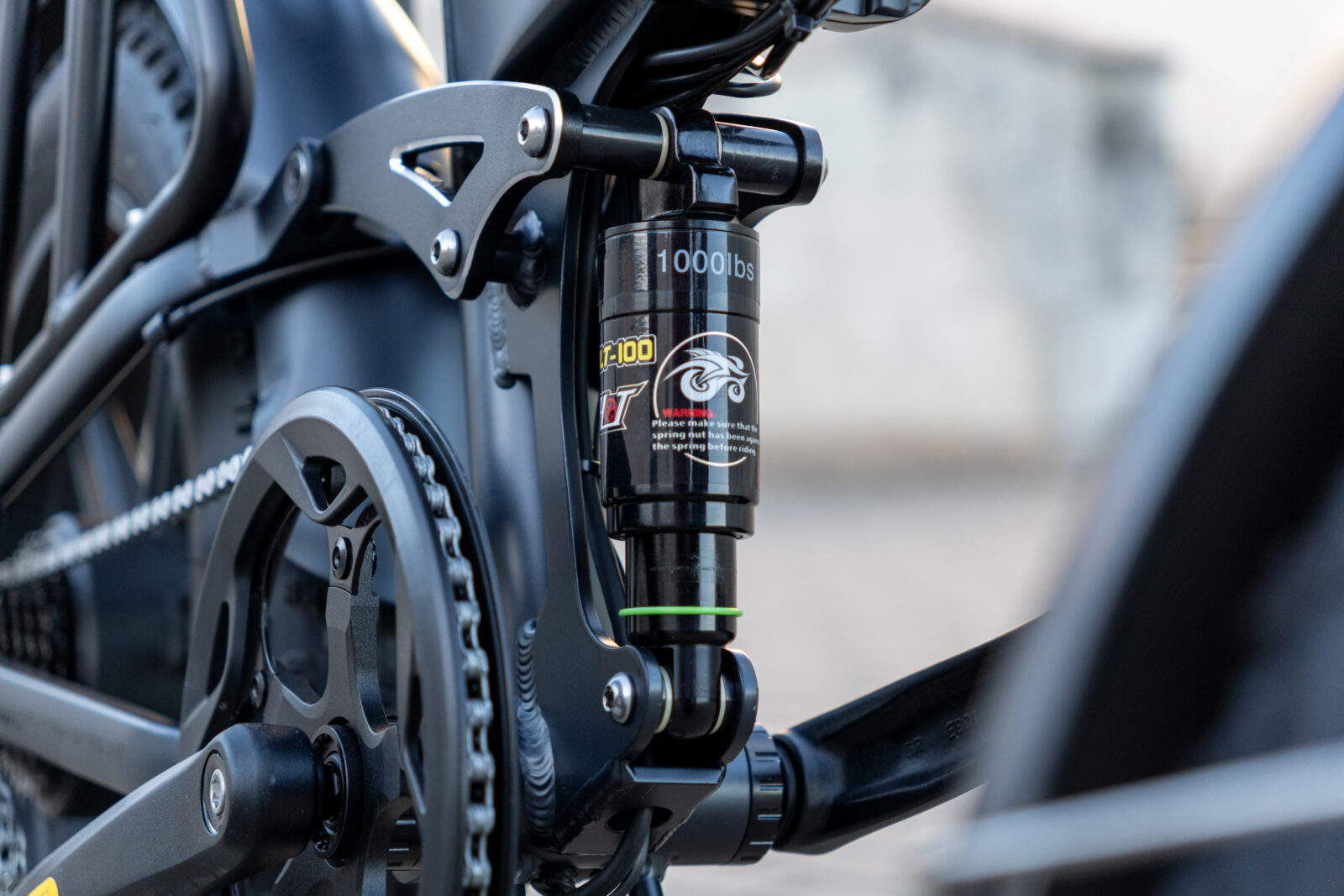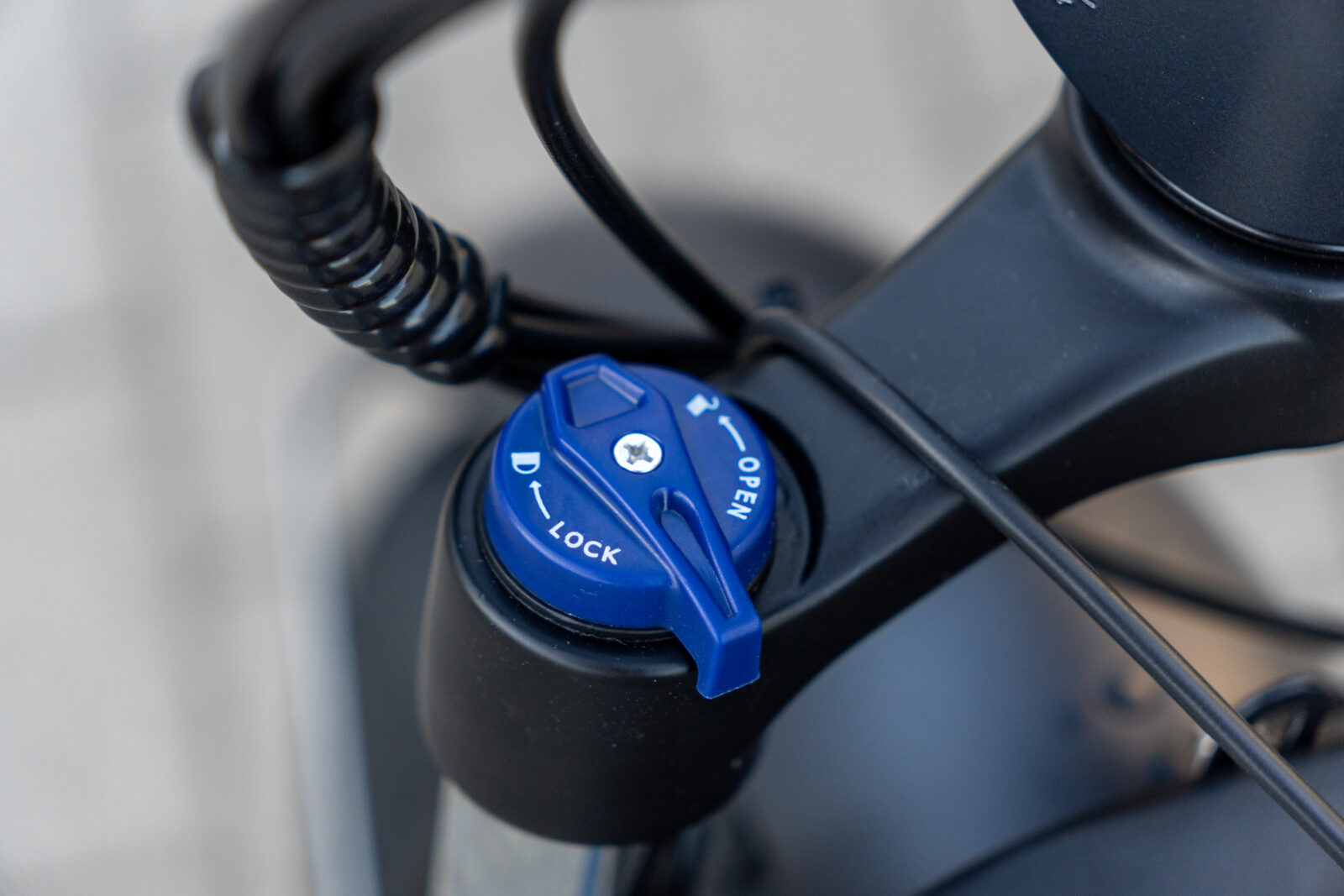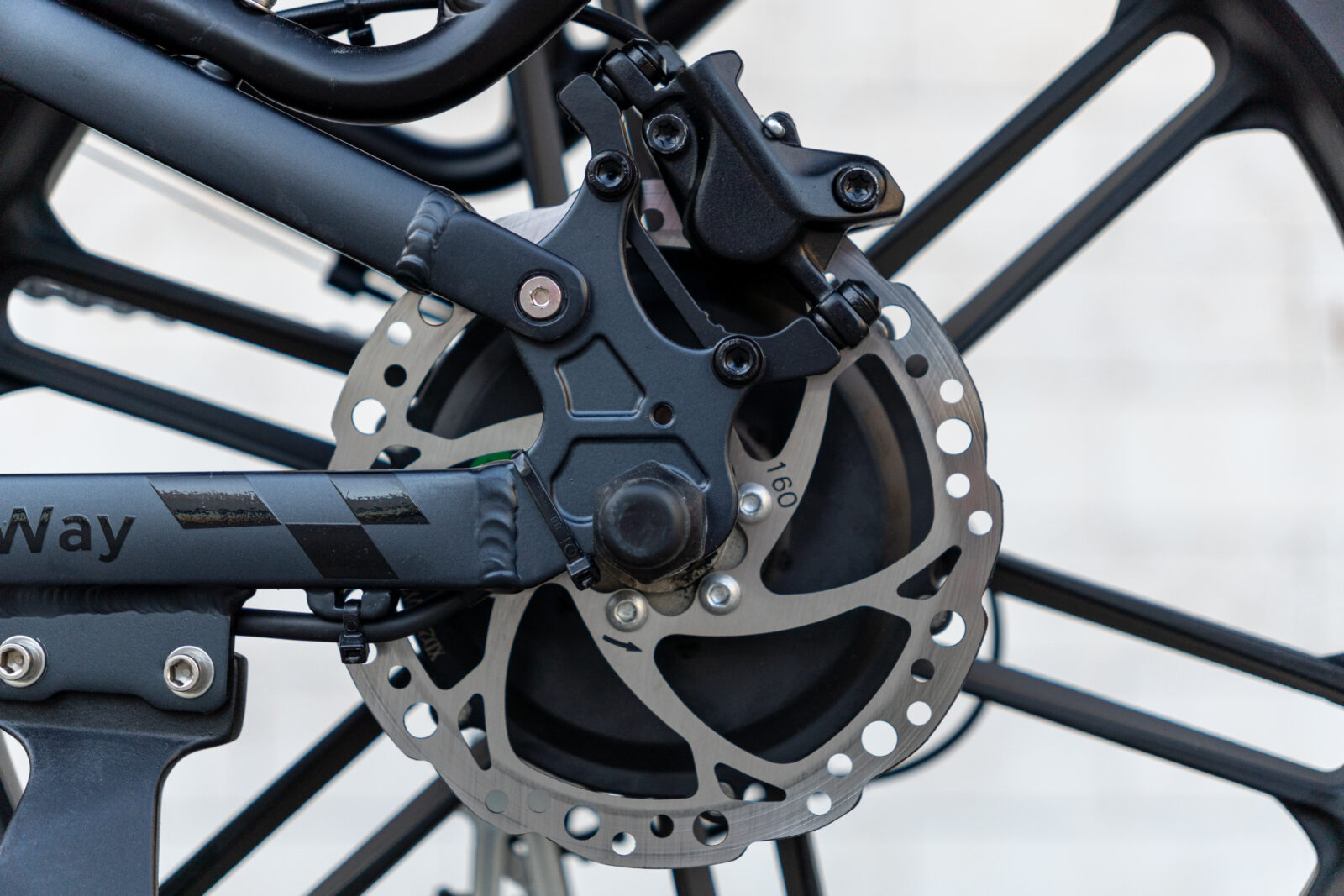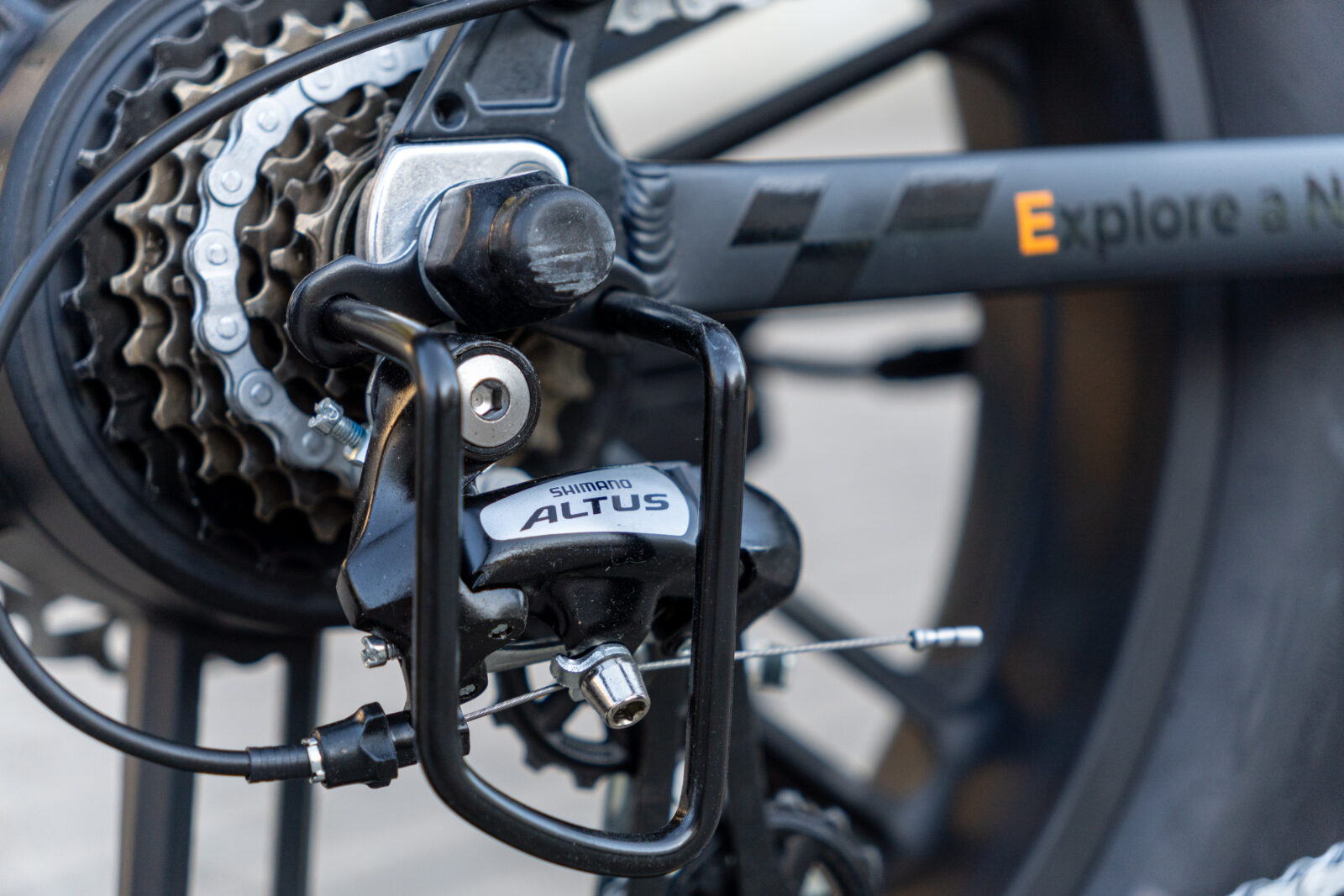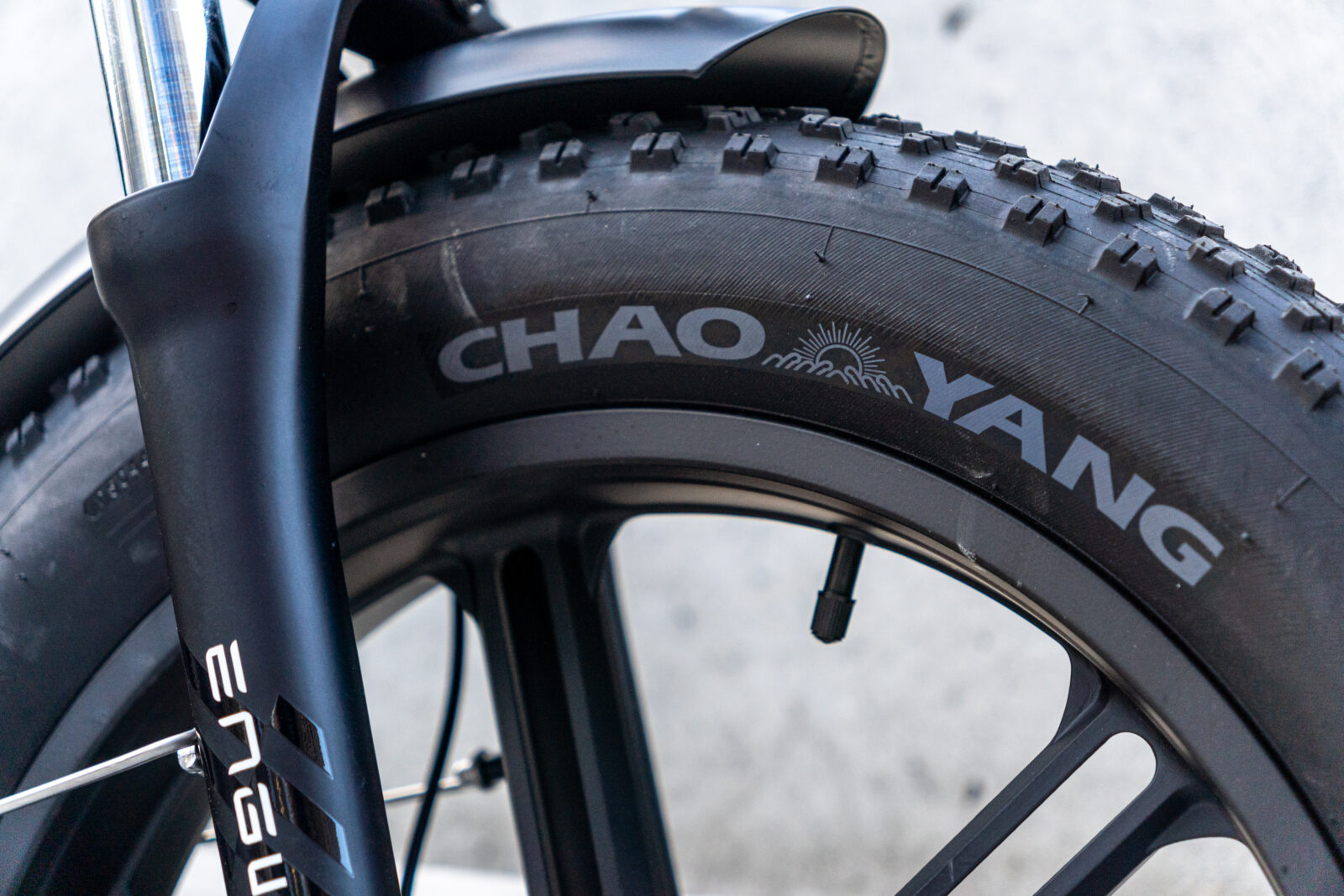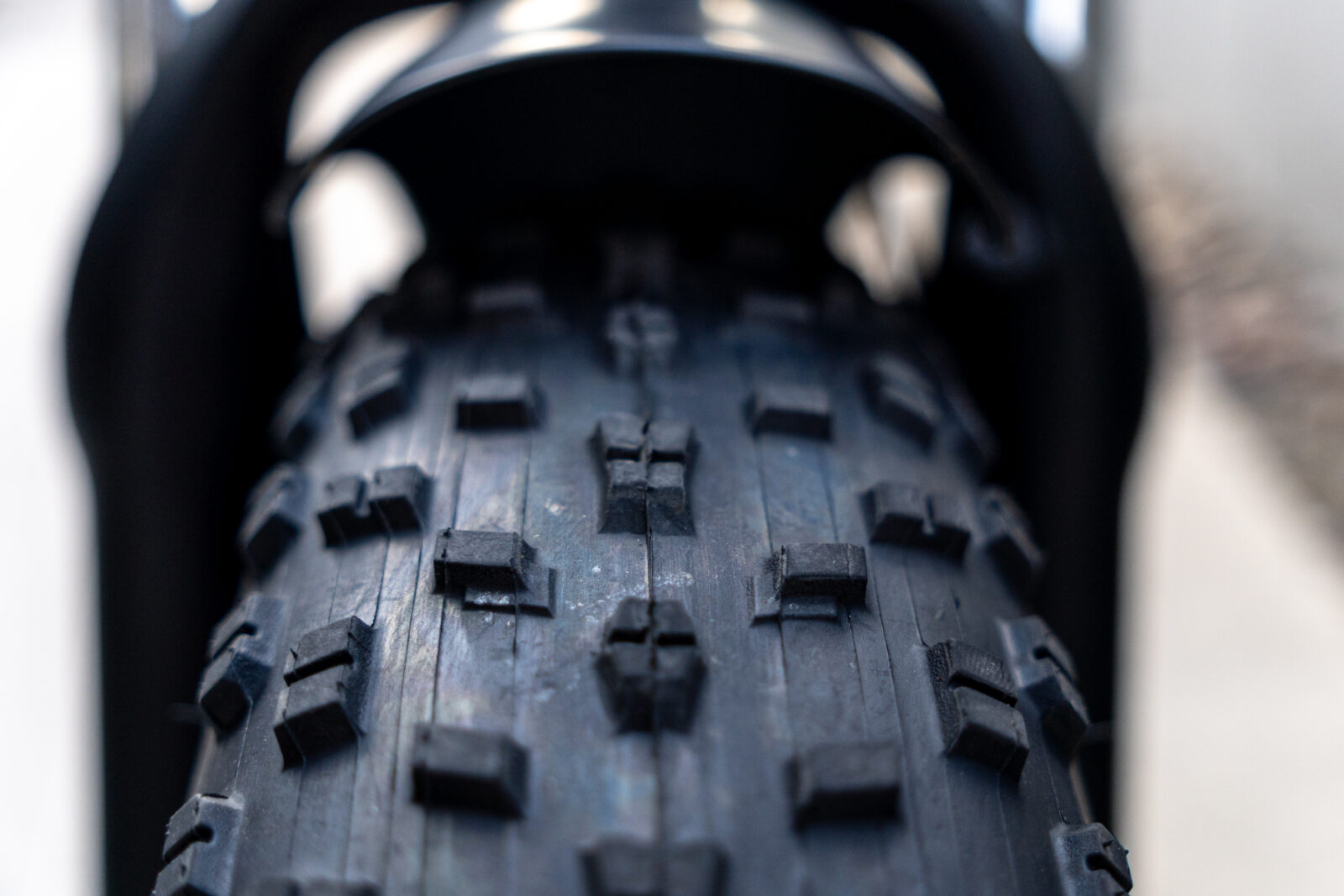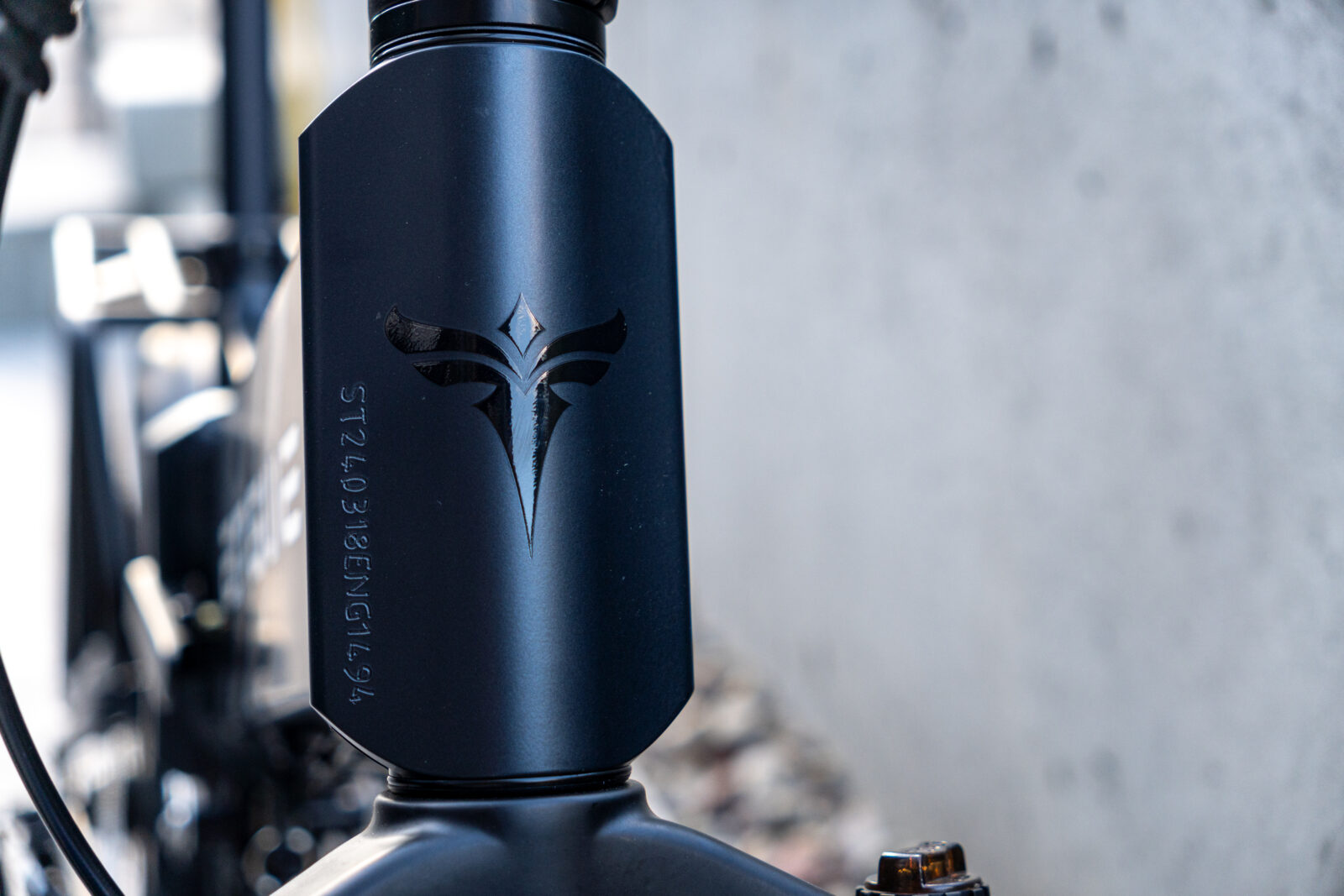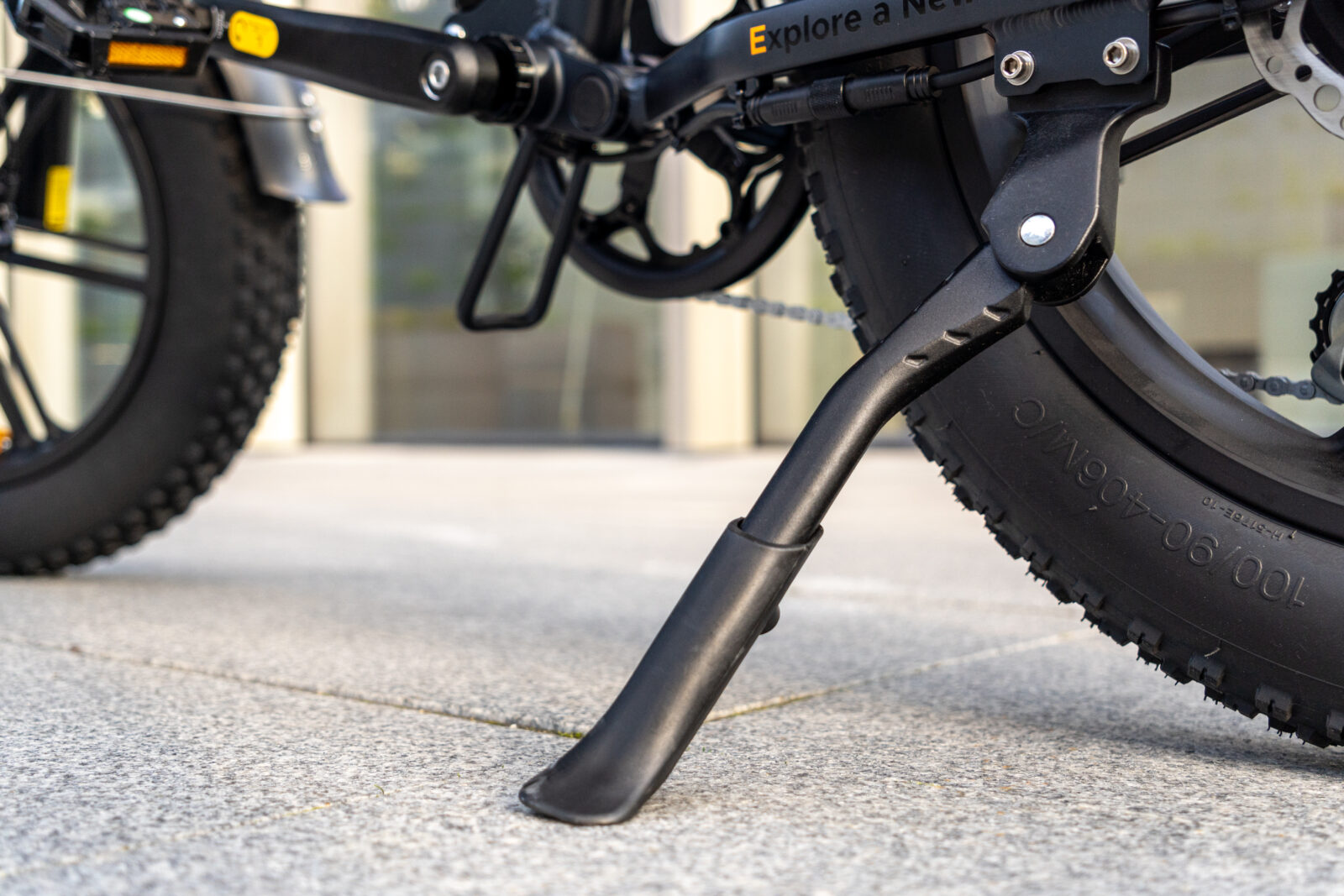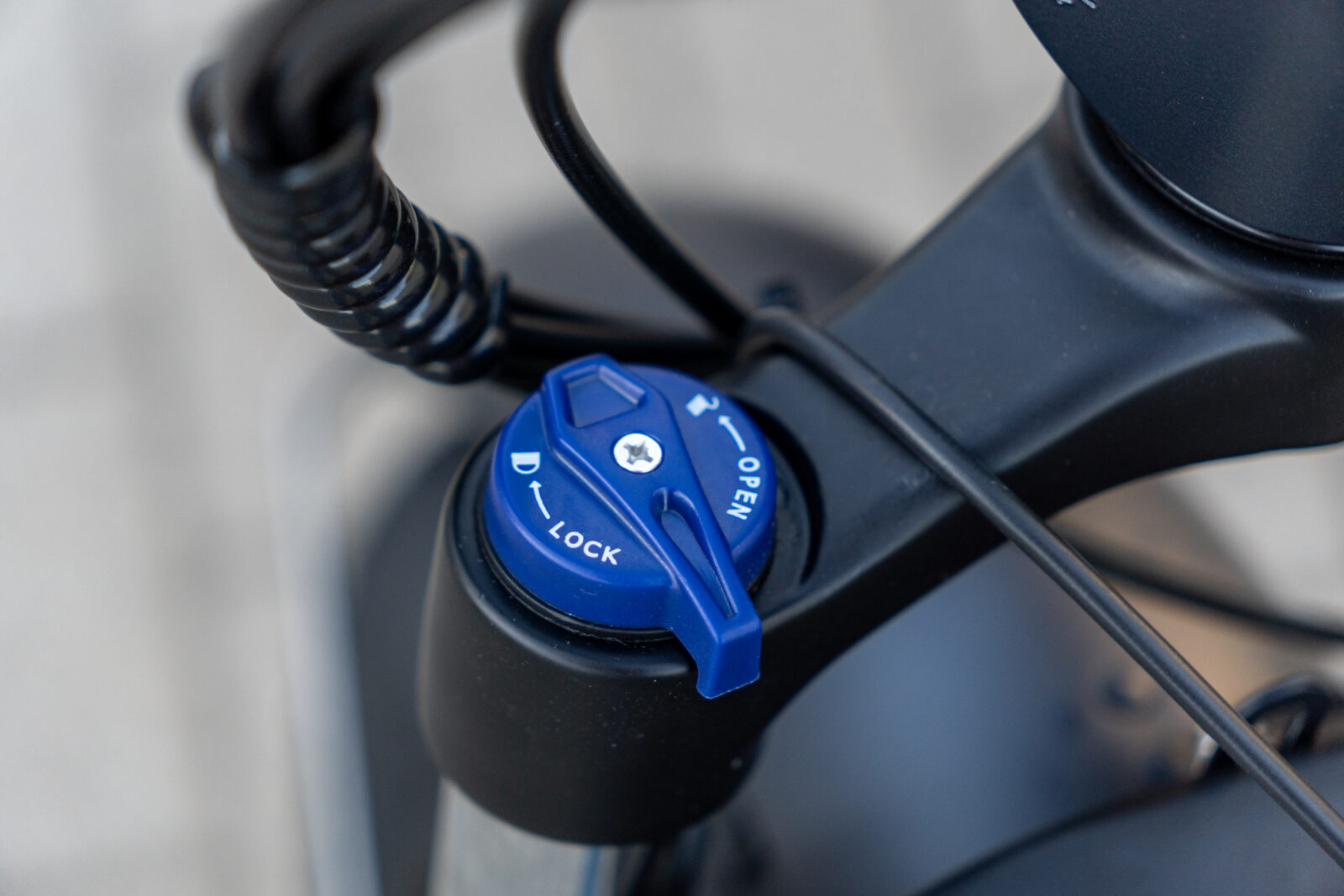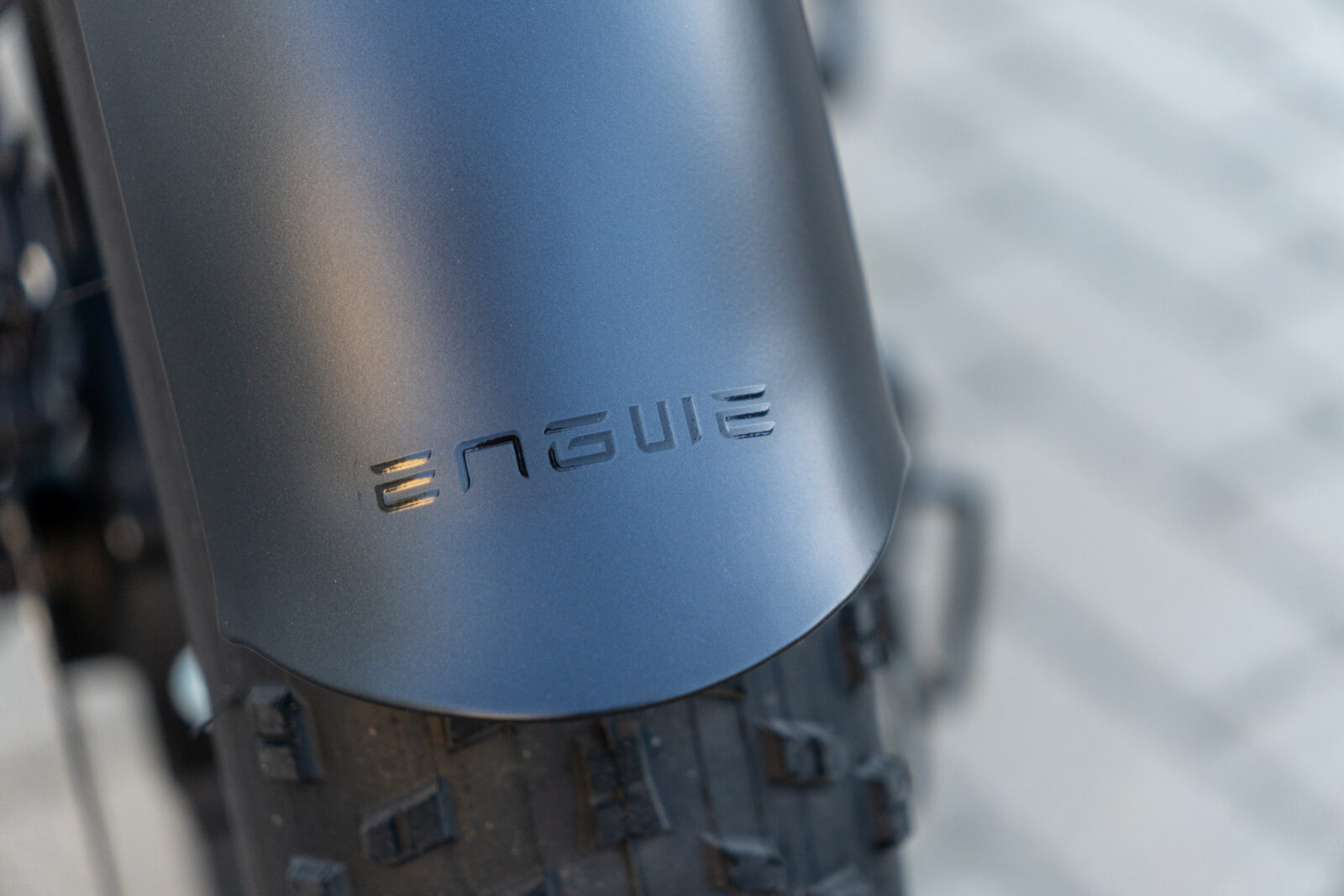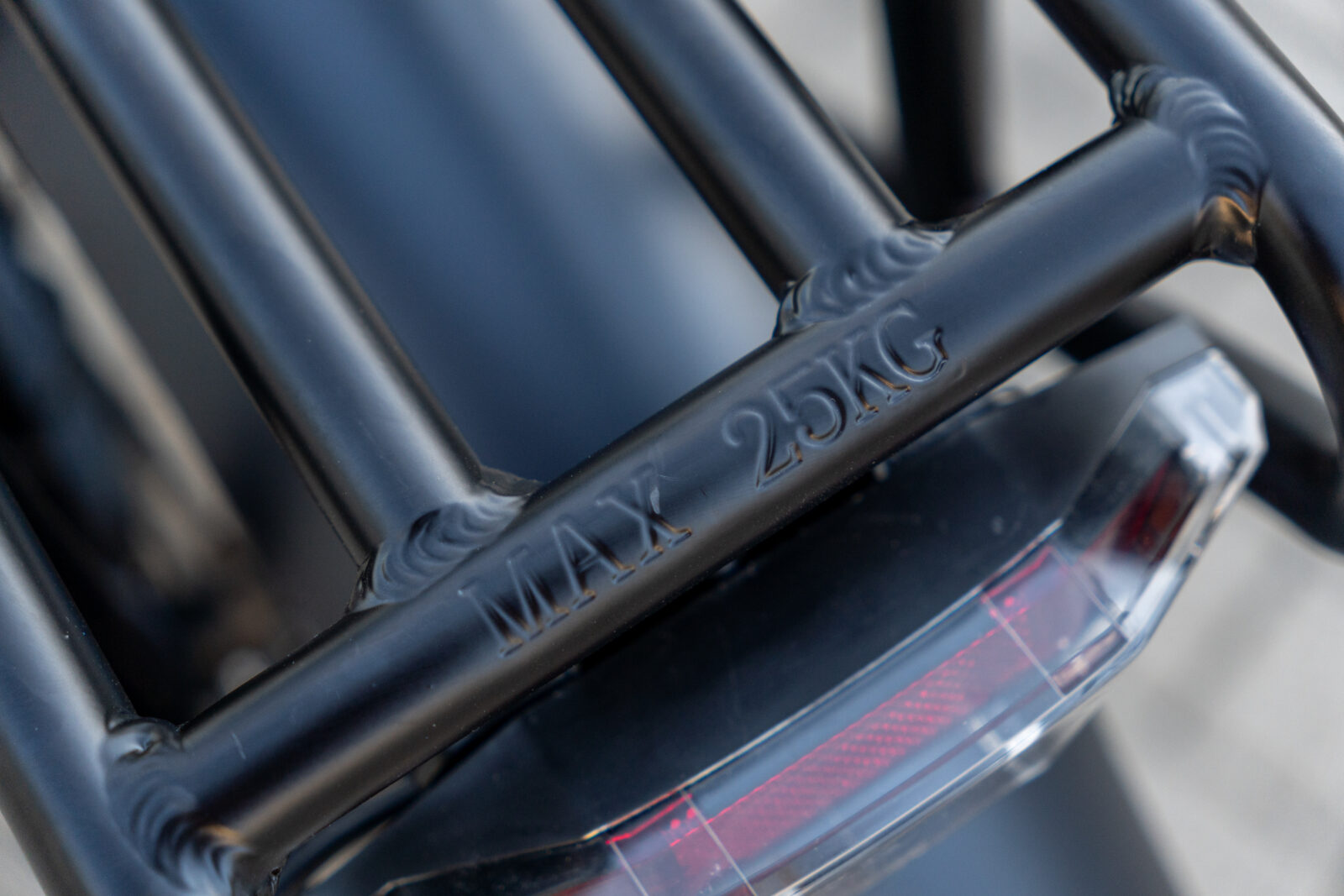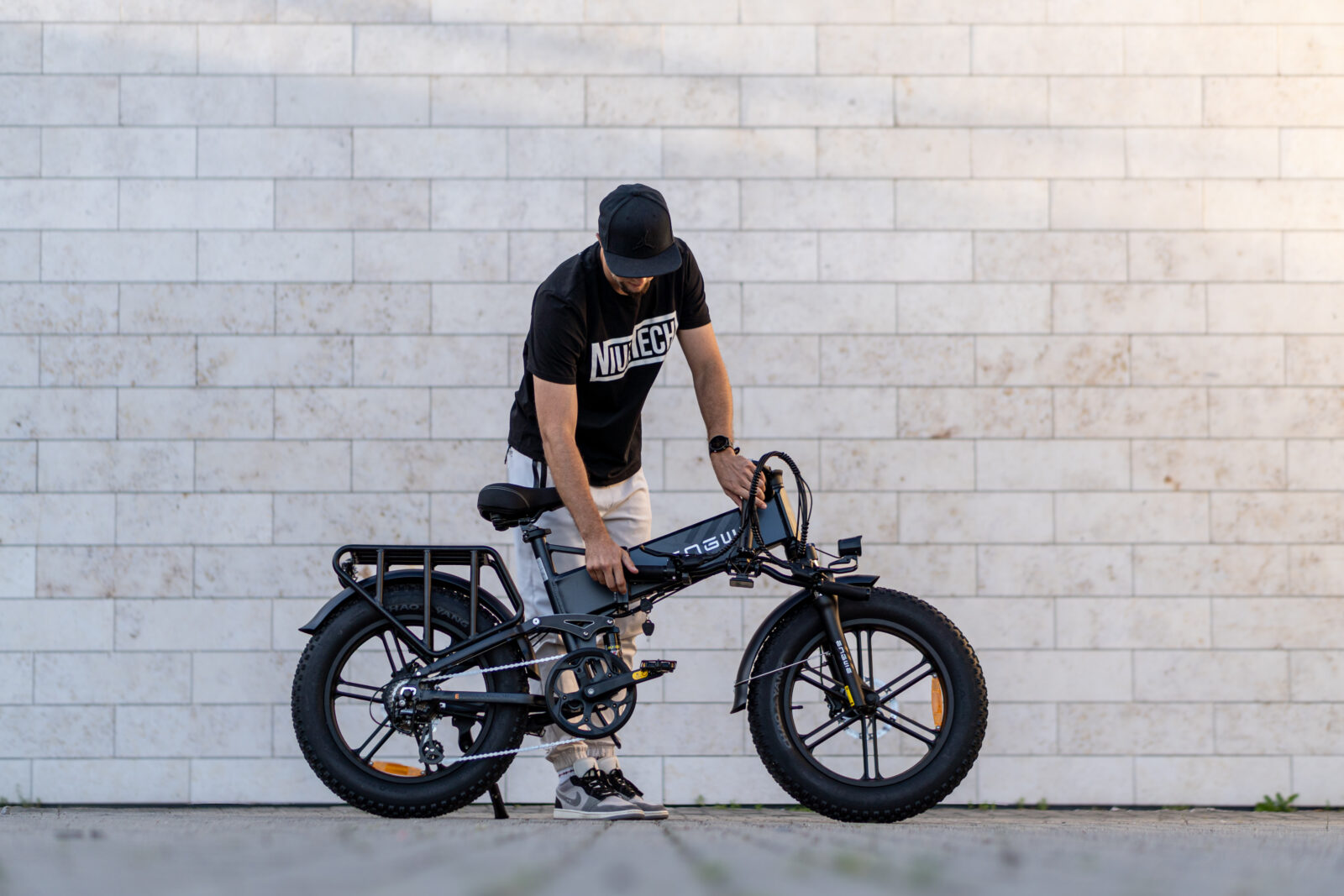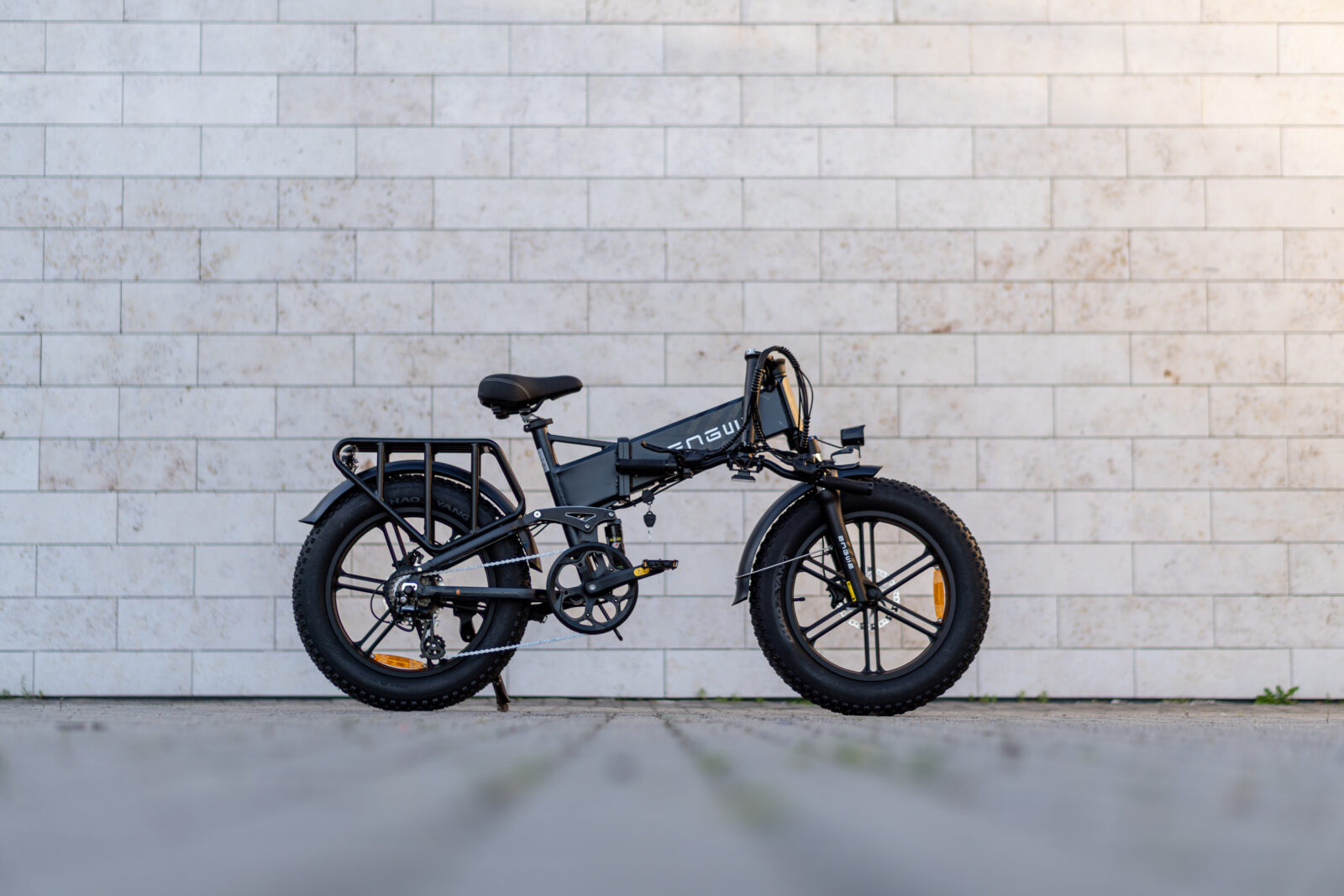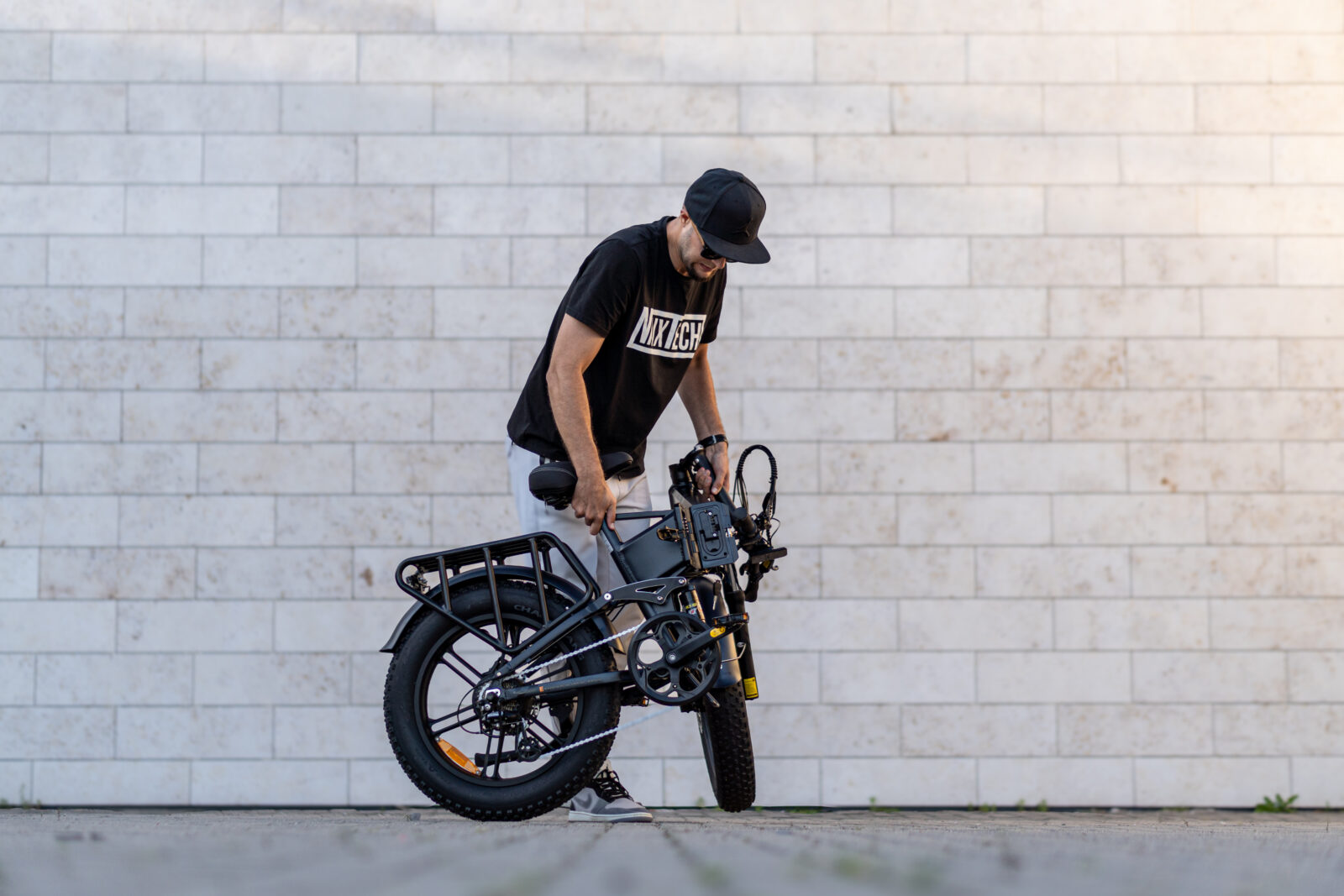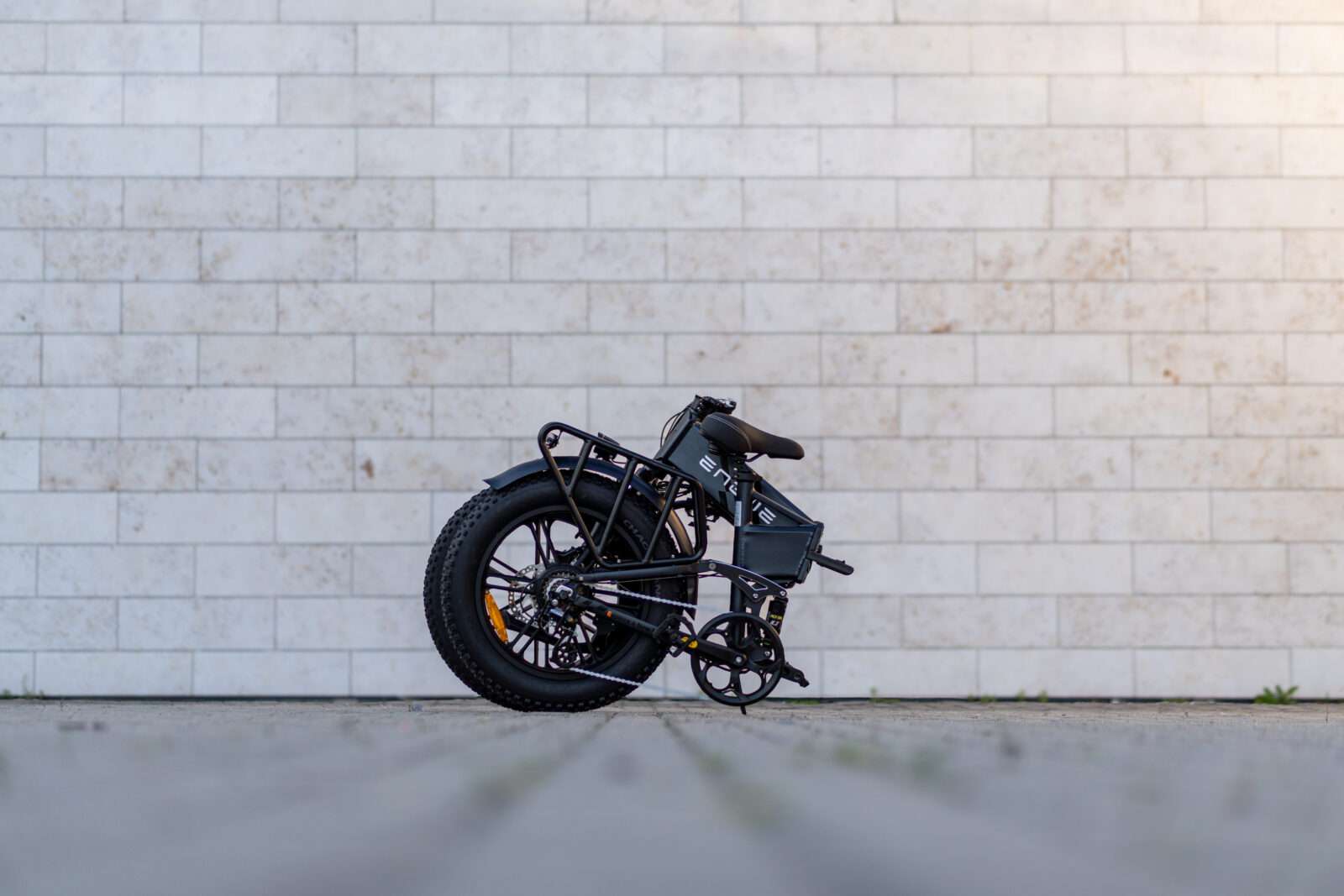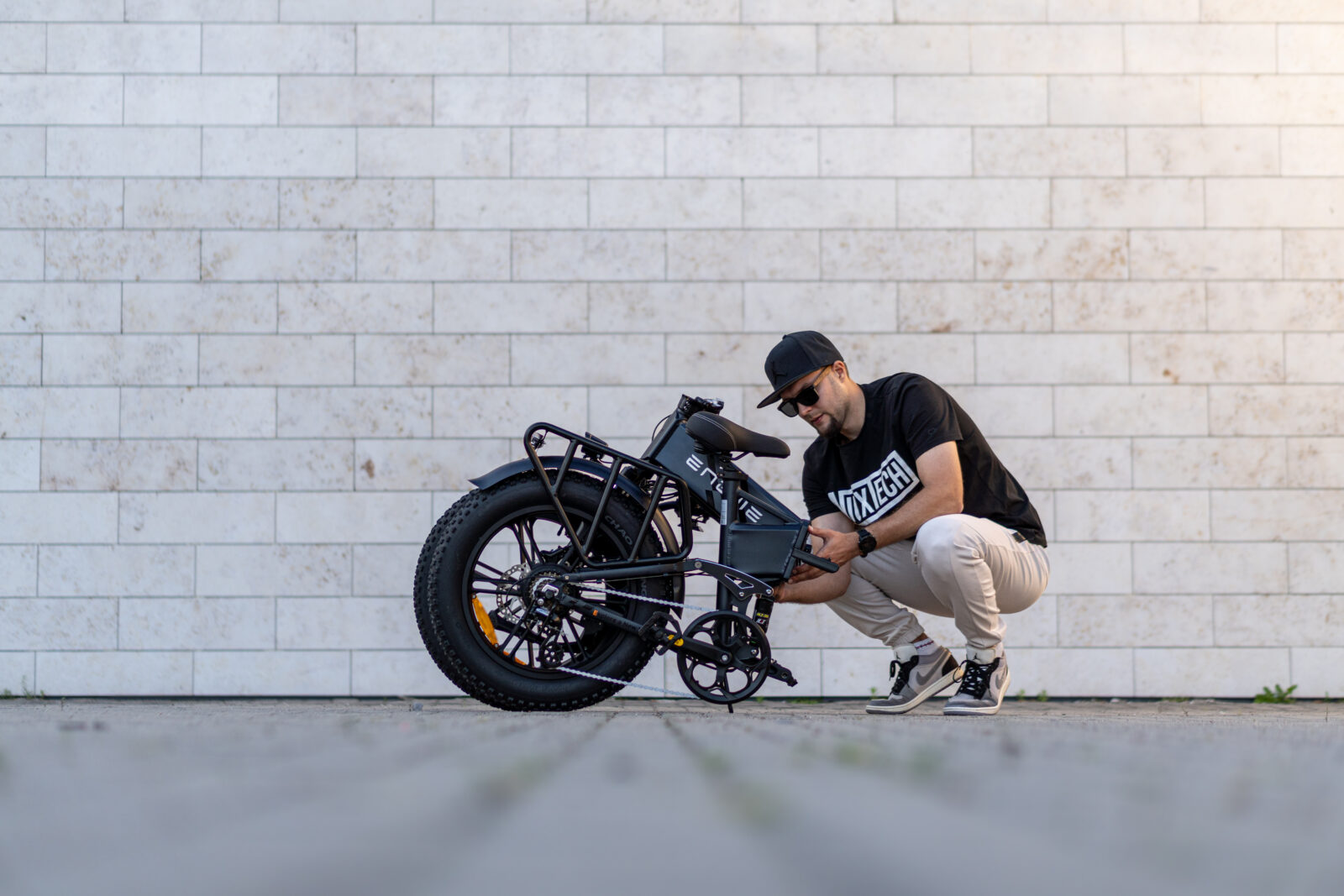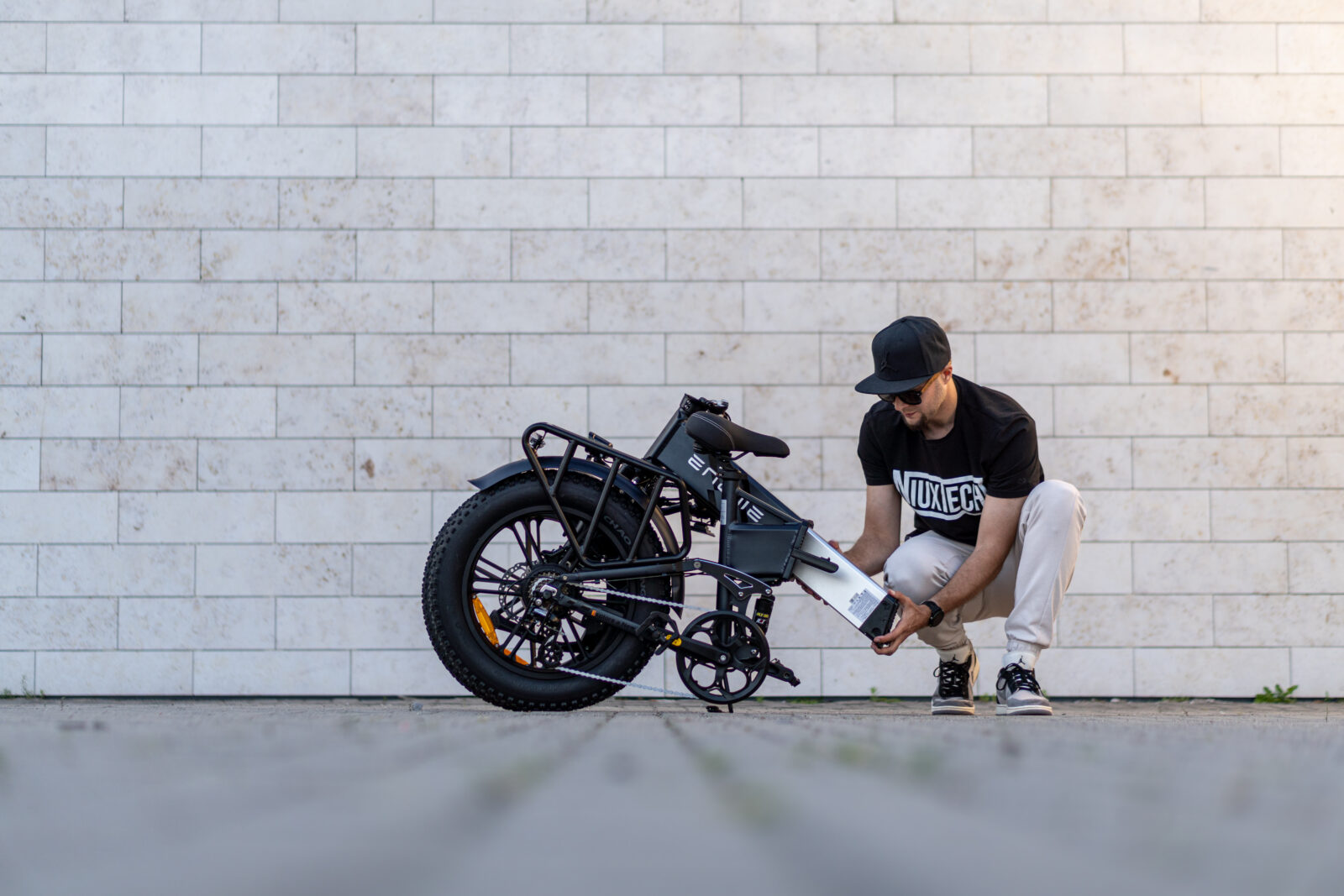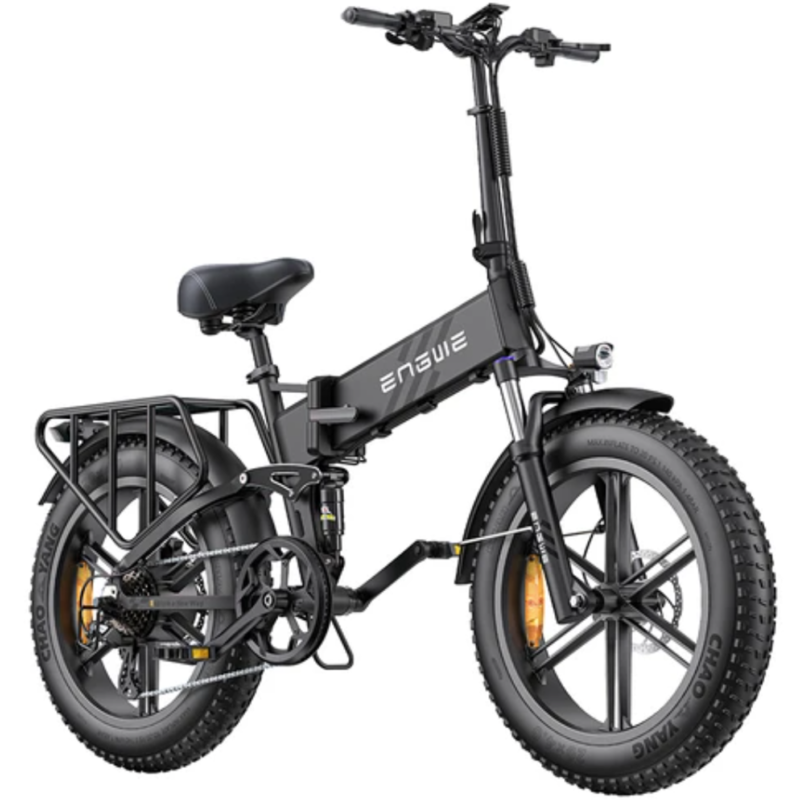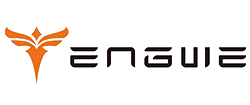Currently, electric bicycles are gaining more and more momentum. They are increasing rapidly, models of various manufacturers can be seen on the streets, however, one of the most noticeable brands is ENGWE. Well, what led to their popularity and which models do Lithuanians buy the most?
ENGWE Engine Pro 2.0
Assessment:
What did we like?
What didn't we like?
One of the most successful examples is probably the ENGWE EP-2 Pro. It has been on the market for several years, has solid build quality and an excellent price/performance ratio. To date, it is one of the best-selling models in the segment under 1000 EUR.
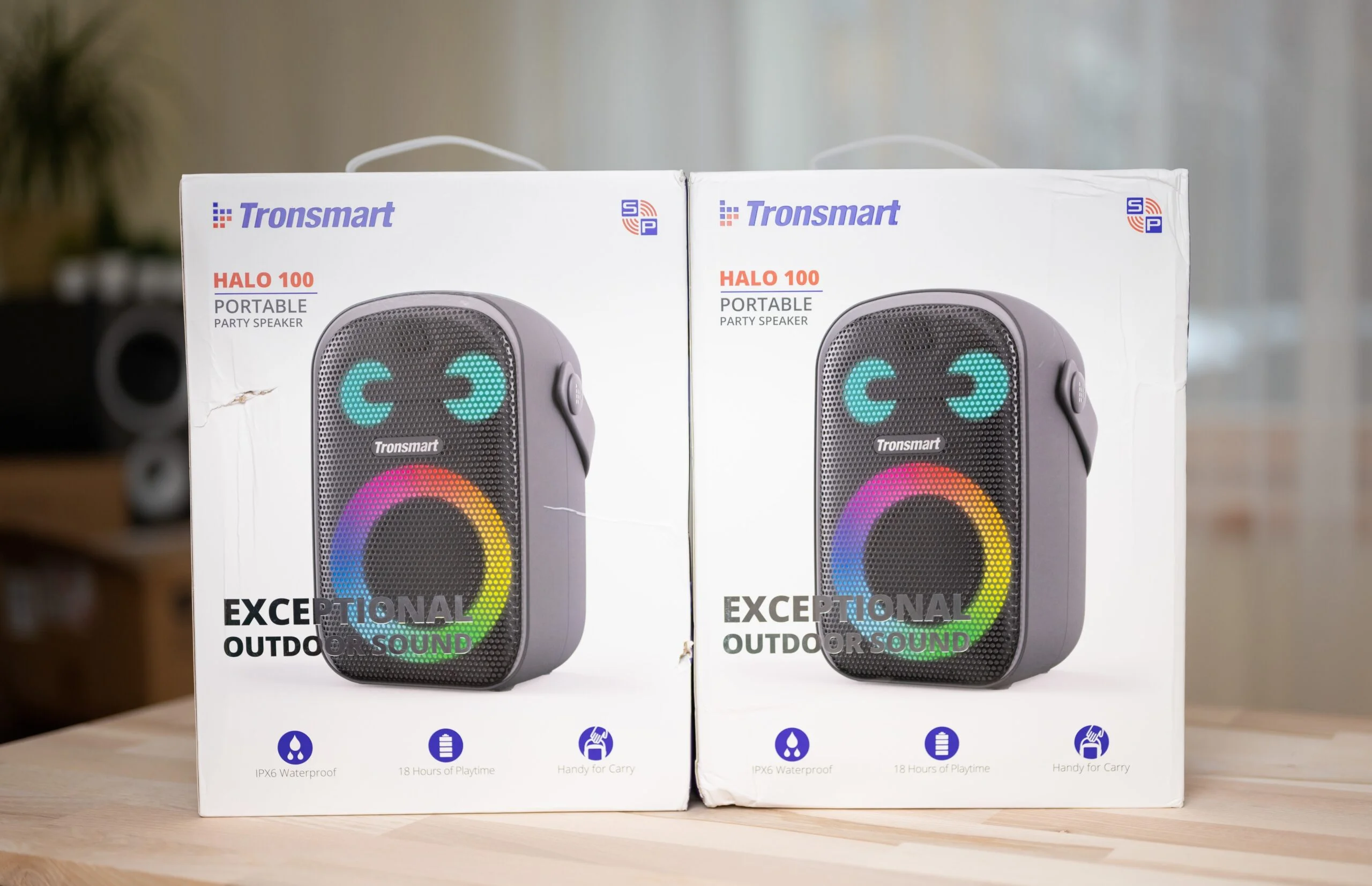
However, this time we are not sharing impressions about the EP-2 Pro. This time, NiuxTech has prepared a detailed review of the high-end electric bike - ENGWE Engine Pro 2.0. So, what impressed us with it, how many kilometers did you manage to squeeze out "driving electric" and how does this model differ from its predecessor? Find out about all this and more as you read on.

Unboxing
The e-bike arrived packed in a fairly thick cardboard box. The contents inside are carefully wrapped in protective measures so that they are not damaged during transportation and unpacking. In the package you will find all the tools needed to prepare the vehicle.

Since we are packing and capturing the shots at the same time, assembly takes a bit longer than usual. This time we put the steering rod on the wrong side and wasted even more minutes. This already happens when we underestimate our strength and throw the assembly instructions aside...

The installation of the trunk also took a little longer, because the screws used there are very long, and there are maybe even too many connection points. Tightening certain areas such as the tail light is also difficult due to the limited reach/turn angle (PS It is better to put the light on the holder first, and only then attach the trunk to the bike)

First impressions
At first glance, ENGWE Engine Pro 2.0 looks really great. Minimalistic design, subtly integrated graphic elements, dominant matte black color, and the ENGWE inscription on the frame. Visually, this bike creates a premium class image.
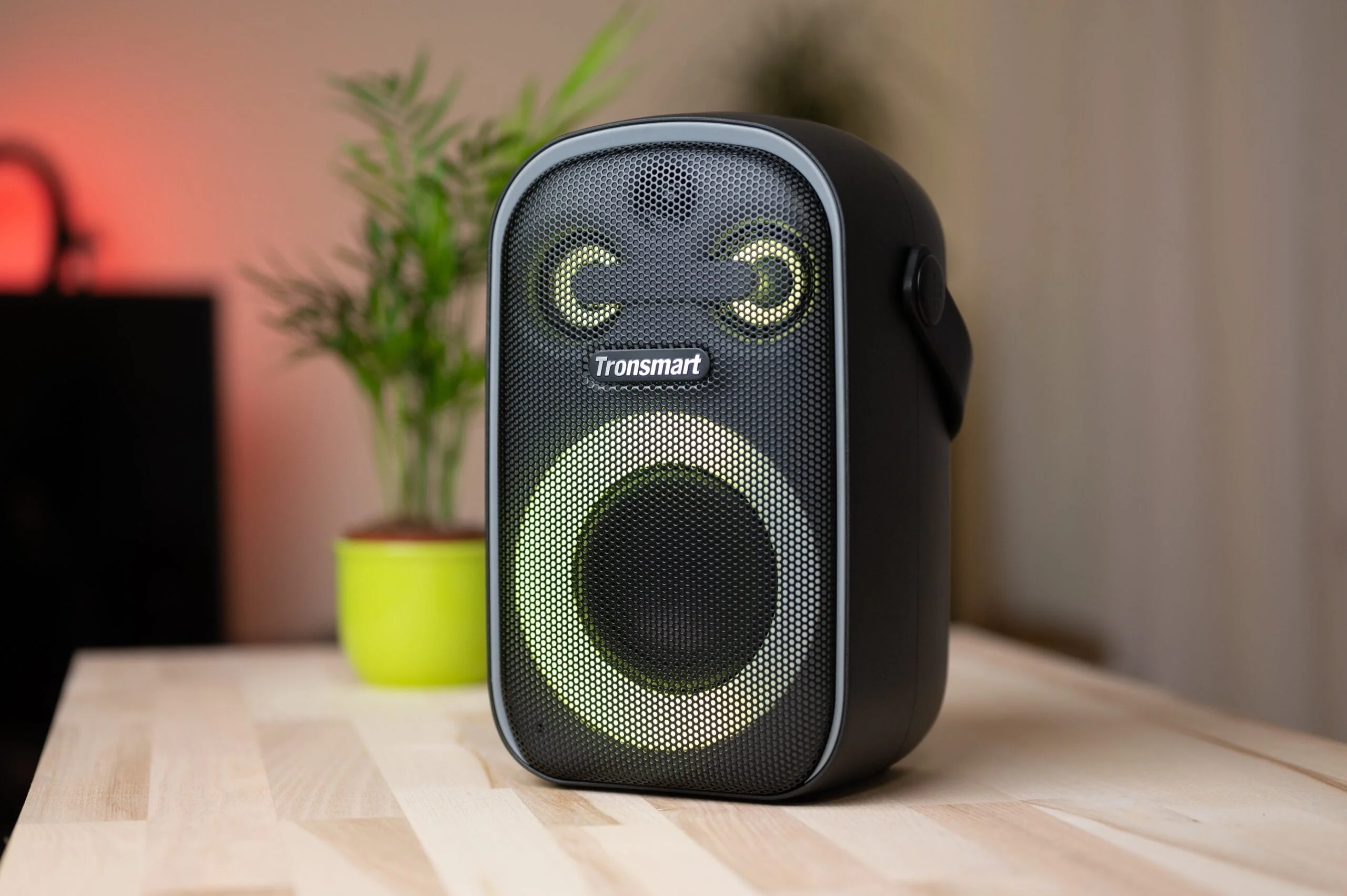
Wide 20*4.0 inch tires provide aggressiveness and solidity. I liked the fact that even the trunk structure looks thickened and fits perfectly into the overall "fat bike" context. The only thing missing from complete happiness was a more massive headlight, e.g. in the DUOTTS S26 / F26 model.

The Engine Pro 2.0 bike can be comfortably adjusted according to your height - both the height of the seat and the handlebar are adjustable. The saddle is wide and soft, which I think many people should like. The gear lever is a little unusual for me on the left side of the steering wheel, but I quickly got used to it. Meanwhile, on the right are the gearshift levers.

As for the assembly quality, I have no major complaints. Since it is a model of a more expensive class, I accordingly expected that the components would not be the cheapest. The second generation ENGWE Engine Pro model has hydraulic brakes, a Shimano Altus 8-level gear system, a torque sensor and a color LCD screen.

The bike weighs about 32kg, it has two folding points: at the handlebar and at the body. When folded, it takes up less space, so it can easily be placed in the trunk of a car and taken to the sea or to the park. The battery is removable, so if necessary, it can be taken away and charged, leaving the bike locked in a safe place.

Driving experience
As soon as I started riding this electric bike, I felt a pleasant difference compared to the models I tried before. This is the first model I've tested that has a torque sensor instead of the more common, cheaper speed sensor. How are they different?
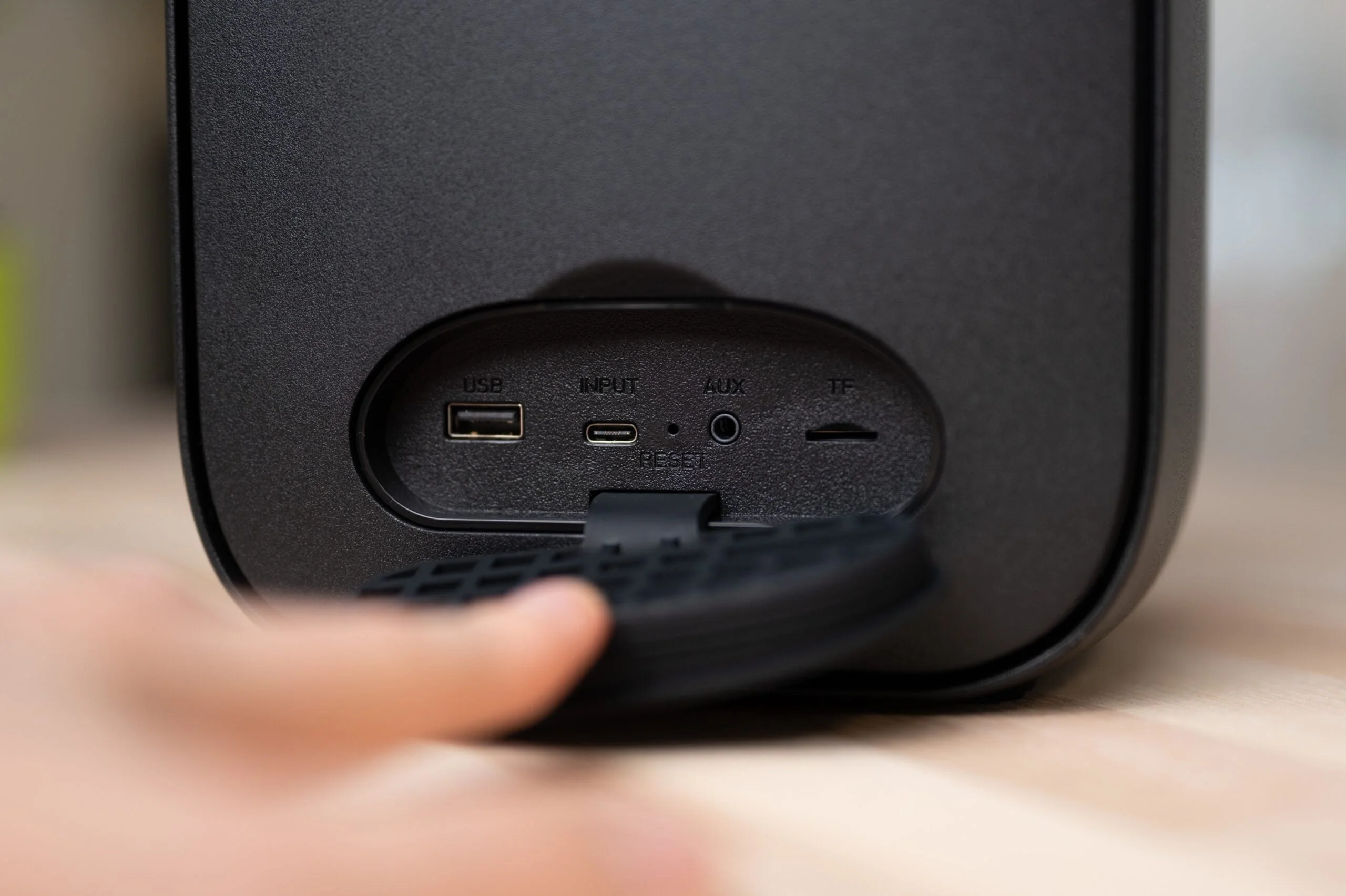
As standard, many cheaper models are equipped with speed sensors, which work very basic. When it feels that the pedals are pressed for a few seconds (no matter how fast or how hard) - the motor is activated and the bike tries to reach the programmed set speed.

Meanwhile, the torque sensor responds to how hard the pedals are pressed and activates the engine's assistance power accordingly. If you drive lightly and turn the pedals easily, then the engine will provide less assistance on its own, and in situations where you are going up a hill, for example, you will be compensated by the stronger engine power.
The engine assistance level of the ENGWE Engine Pro 2.0 can also be adjusted by pressing the buttons on the steering wheel. Pressing the "up arrow" increases the motor assistance, pressing the "down arrow" decreases the motor assistance. It is also possible to drive simply by pressing the pedals (without the help of the engine) or only by pressing the speed lever.

Engine Pro series models differ from EP-2 Pro in that they have integrated shock absorbers not only in the front, but also in the rear. And although these shock absorbers are spring-loaded, they do their job quite well and ensure that the ride is more comfortable both on smoother city roads and worse forest tracks.

Handling the bike is comfortable. All buttons, selection of engine assistance levels, speed and gearshift levers are located in convenient places. The color LCD screen installed in the center is bright enough, although the viewing angle decreases when driving with polarized glasses. The screen shows information about driving speed, "assistance" level, remaining battery and distance covered.

Power / Speed / Distance
This electric bike boasts a 750W motor, which can develop a maximum power of up to 1200W and a torque of 75Nm. This power is fully sufficient to easily overcome slopes of medium and greater steepness, and effective braking is provided by hydraulic disc brakes.

The speed of the "out of the box" bicycle was limited to 25 km/h. To unlock the speed up to 45 km/h, you had to do the following trick: turn on the bike, then simultaneously press and hold the up and down arrow buttons, then release. Then patiently for 15 seconds. hold the "up arrow" until the number "100" appears on the screen. Finally - we save the settings by holding the button on the side, marked with the "i" symbol.
During testing, we made sure that the maximum speed declared by the manufacturer corresponds to reality, and 45 km/h in the city is really within sight. Also, it was very interesting to find out what distance can be covered with a fully charged 52V 16Ah battery. Driving only with the engine and at an average speed of about 25 km/h, I managed to drive a little more than 50 km.
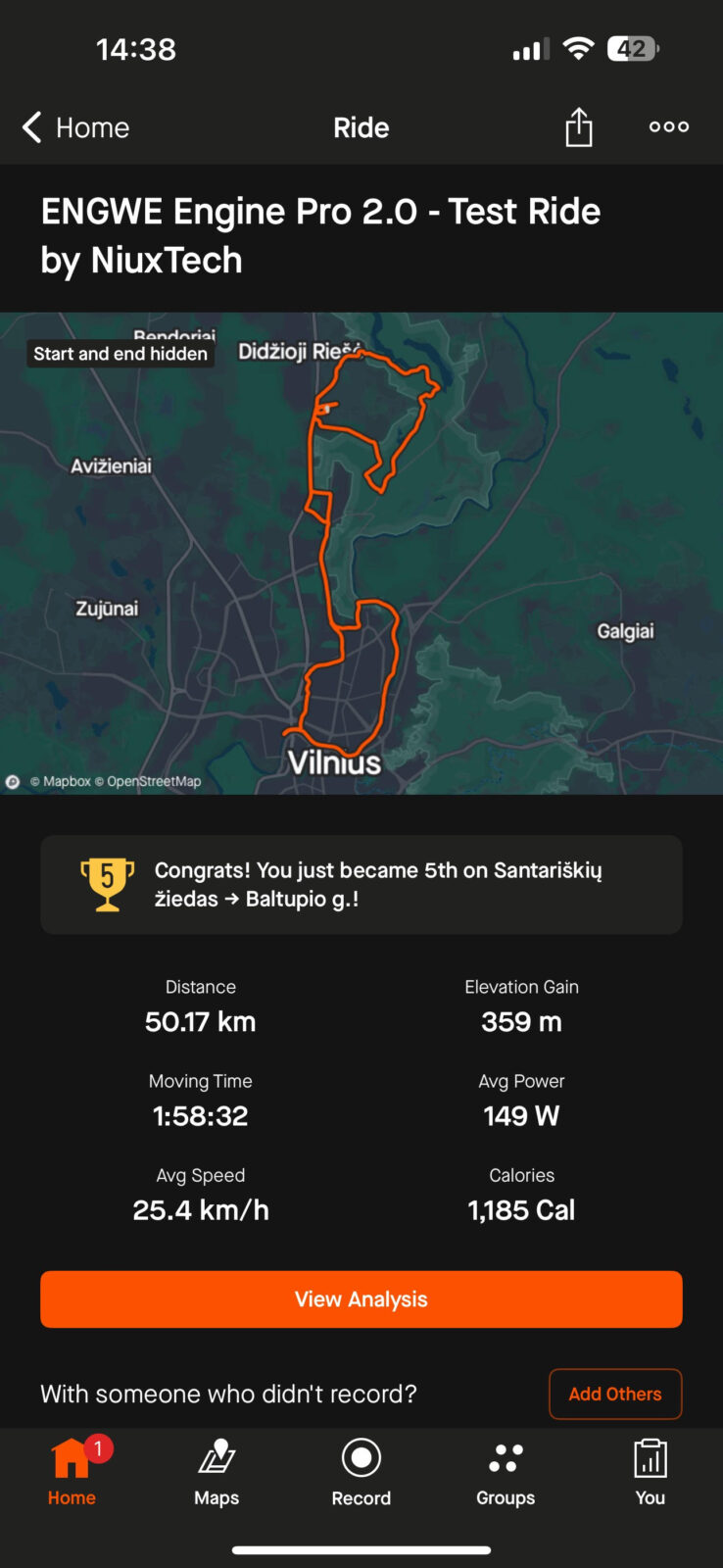
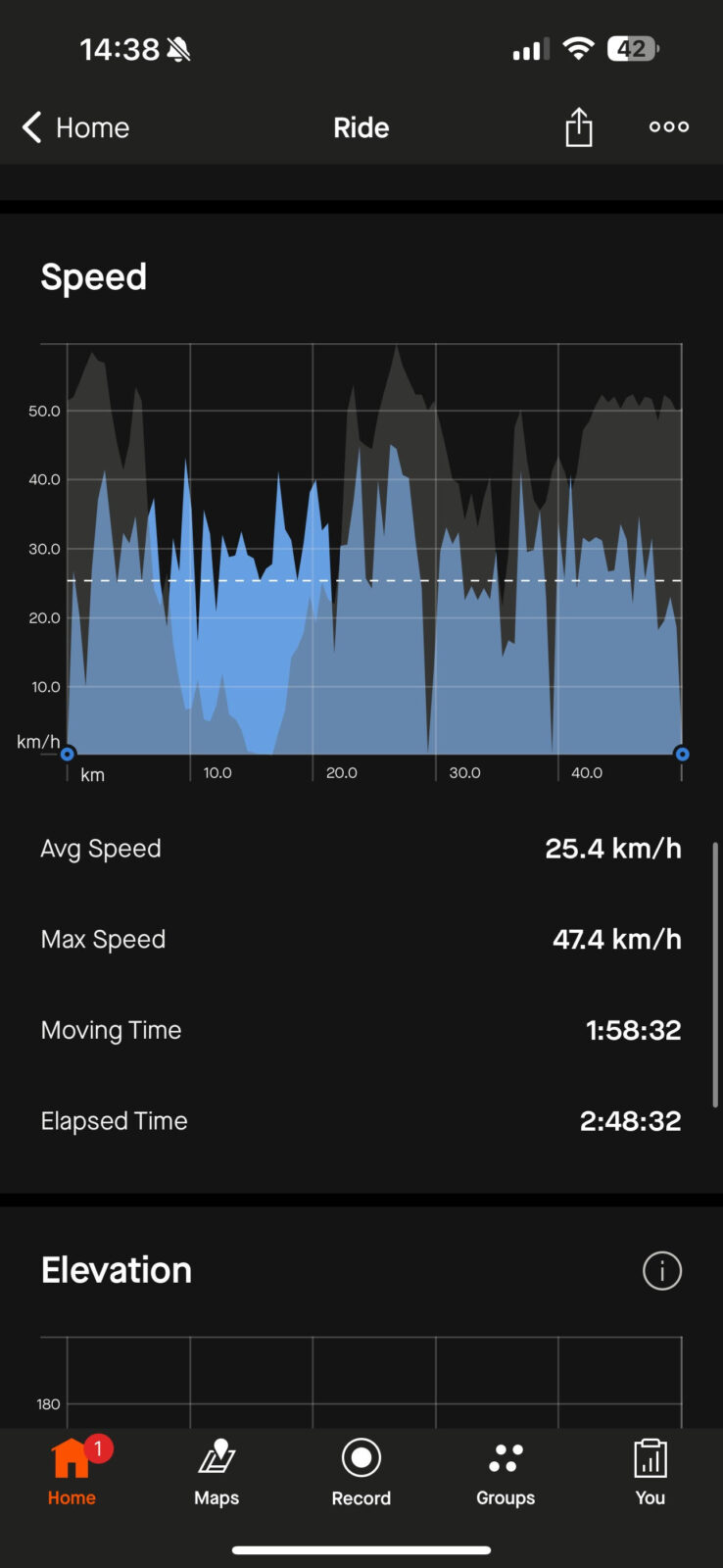
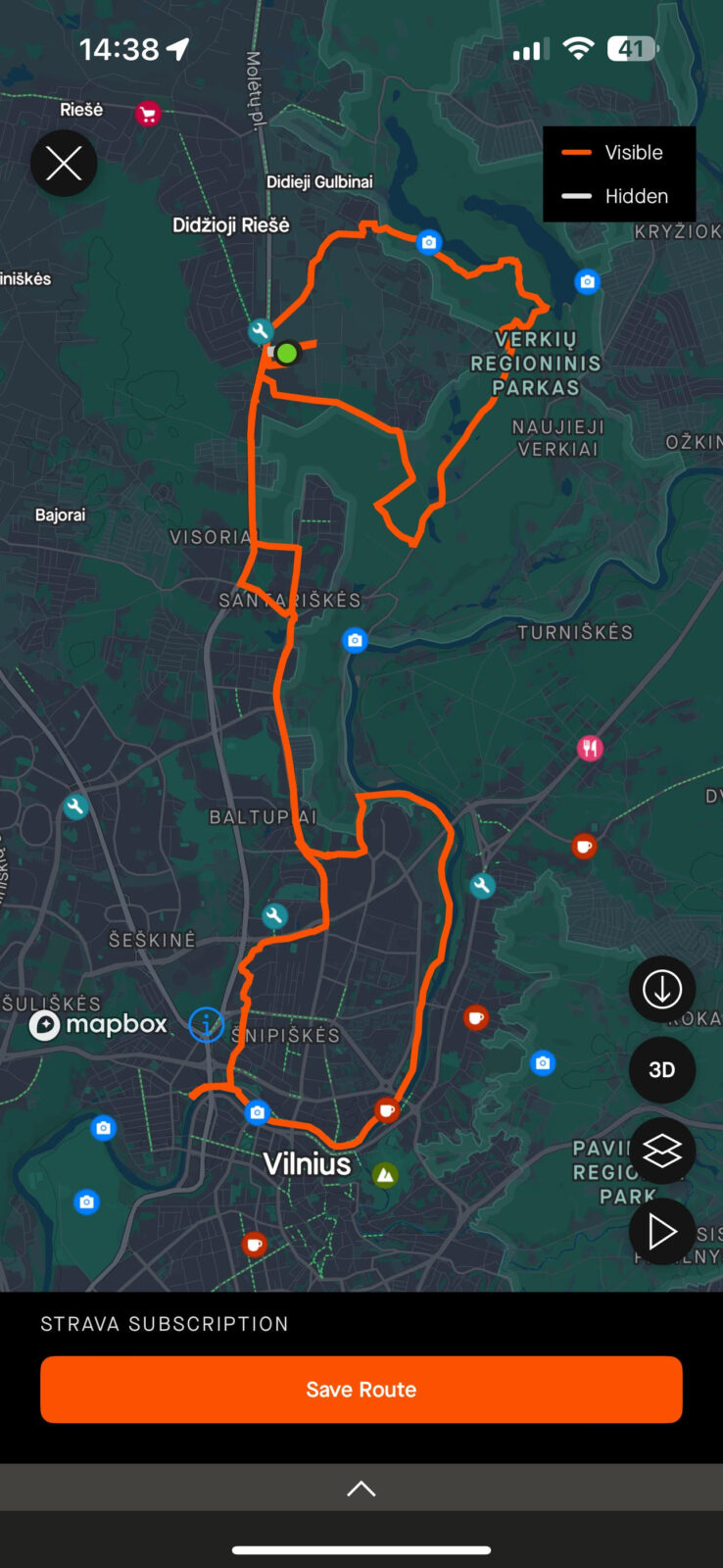

Such a result was achieved when driving on various terrains, uphills and downhills of various steepnesses, driving at higher speeds in places, stopping at traffic lights, etc. My weight is about 85kg, tire pressure is 20PSI. Under different circumstances, especially if the average speed is lower, the weight of the driver is lower and the pedals are used more - it is possible to easily reach a distance of 70-80 km.
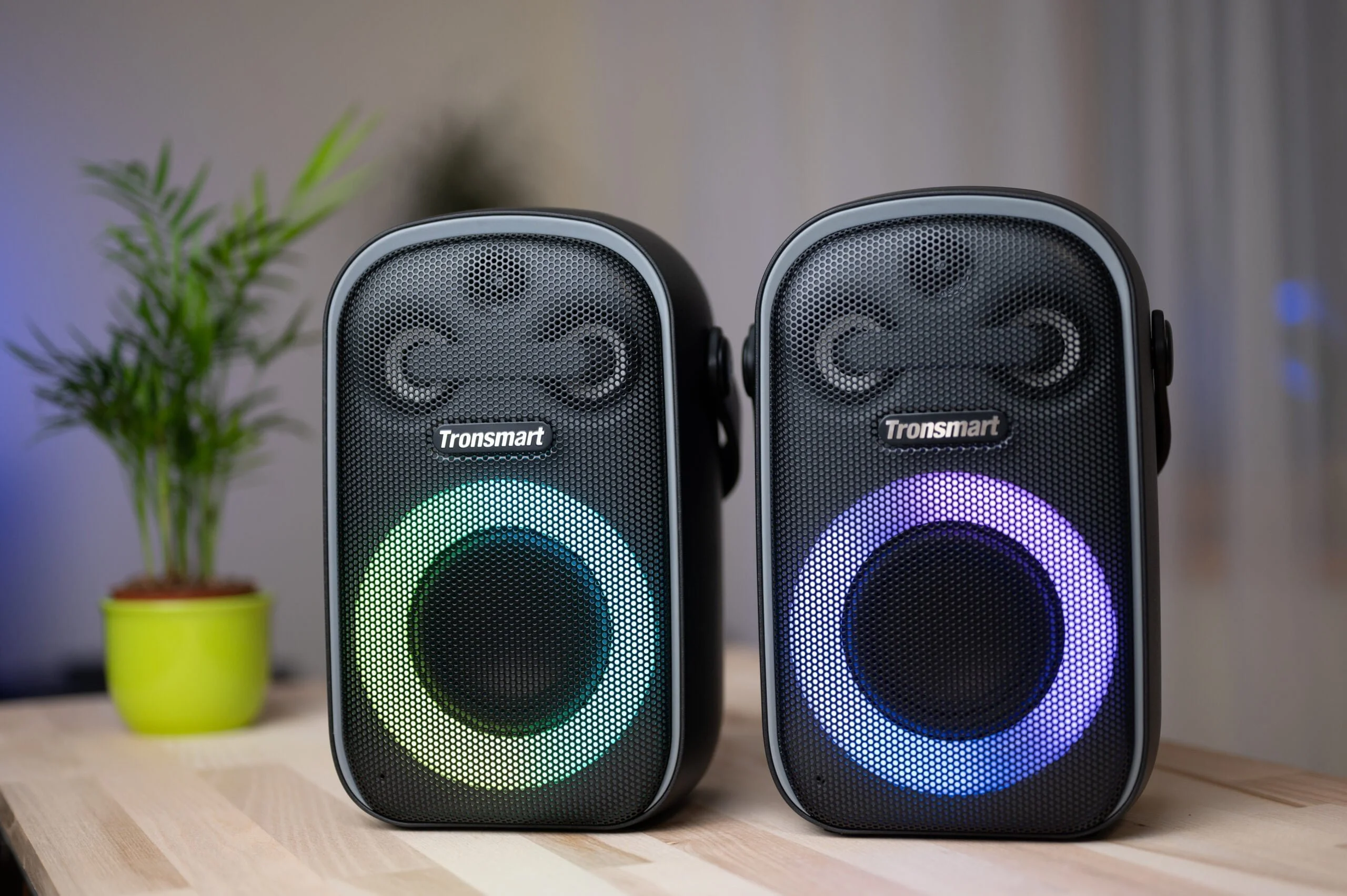
I would also like to point out that there was not a huge drop in power and speed when the battery was running low (even with less than the 20%). Previously tested DUOTTS models could not boast of this.

ENGINE PRO 2.0 vs ENGINE PRO 1.0
So, is it worth buying the updated model of the second PRO 2.0, or is it better to save money by ordering the predecessor of the ENGINE PRO? In my opinion, it is the second generation version that deserves more attention, and here are some arguments for that.
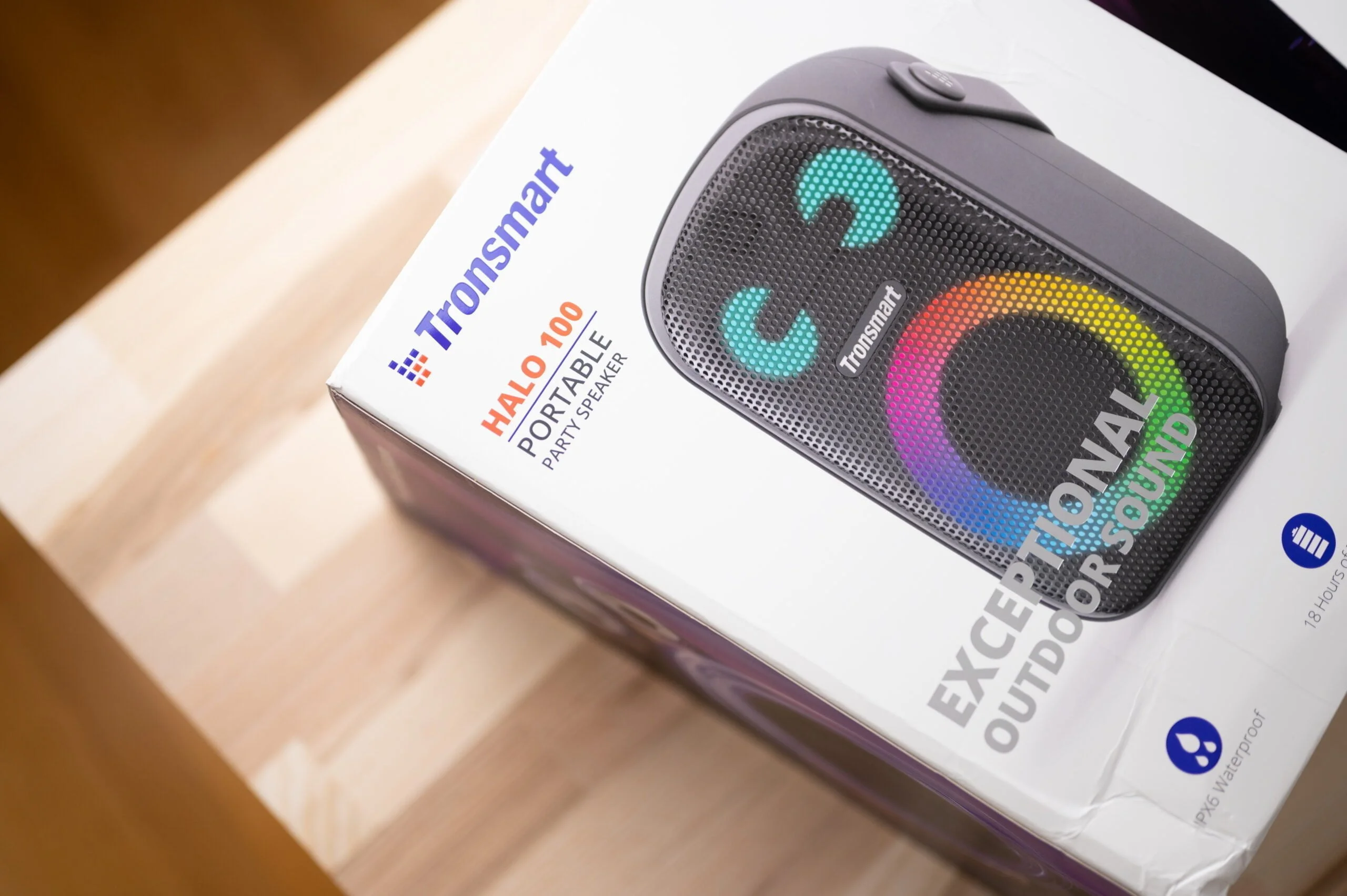
First of all, the torque sensor is one of the main "upgrades" that allows you to enjoy the driving experience more due to the more even assistance of the engine when mining. Secondly, the torque is higher, which provides better acceleration and helps to overcome hills more easily.

Thirdly, the battery has also been upgraded to 52V 16Ah (previous model 48V 16Ah), which means that with a higher capacity battery, you can travel about 10% more. And although those 10%s may not sound like a major upgrade, in reality the extra 5-8km can really come in handy.

What could be better?
The lights that come with this bike are not very bright. These are both front and rear and STOP lights. Yes, they are visible in the dark, but for better visibility and safety, we would like to see more of the roadway. The manufacturer could also figure out how to integrate turn signals.

Although at first glance the ENGWE Engine Pro 2.0 looks really subtle and modern, after a while I began to pay more and more attention to the wires that are routed along the bottom of the case. Yes, this decision is partly due to the folding mechanism, but this is not an excuse. There are other folding models that integrate these cables more closely into the body frame.

One more thing, perhaps more of a detail, but a key is required to start the bike, and the "start" lock is integrated in a not very convenient place (at the bottom of the frame, between the wires). And despite the somewhat impractical location, in order to be able to use the bike, that key must remain in the lock. Maybe ENGWE could think of a more modern solution, e.g. with NFC?

Verdict
I won't hide it, at the beginning I was a bit skeptical about this model, thinking it was just another ordinary e-bike with wide tires. It does not stand out too much in terms of its parameters, and the price is not very competitive considering the options available on the market.

But from the very first meters, I was very pleasantly surprised by the technology of the electric assistant, which uses a torque sensor. The battery also holds up well, with it we managed to overcome a distance of 50 km, and with a lower battery balance, the loss of power and speed is not as strongly felt as on other models.

There are a few things where ENGWE could improve on their Engine Pro series model, but overall it's a really eye-catching, fun and enjoyable e-bike. If you hit on the promotional price - I could confidently recommend it.
For those looking for cheaper alternatives, I would suggest paying attention to ENGWE EP-2 Pro, which is characterized by a 750W motor, a 48V 13Ah battery and a speed of 45 km/h. Well, for those looking for a more compact, lighter and even cheaper option - ENGWE P1 would be a solid choice up to €650.
Discounts
2025-04-15


